Most of visitors when planning their trip to Austria most probably choose Vienna with its imperial architecture, impressive museum offer and vast cultural venues with some extending the trip to Tyrol which tempts the nature lovers with many picturesque hikes, ski resorts, historical sites and folk traditions.
However, if you plan a longer trip around Austria or want to explore some less discovered places in Austria , Styria is a good choice to include in your itinerary. Sometimes I think it’s nice to go to the regions more off beaten track, less touristy and with more local vibe, where you can observe the life in calmer slower towns and enjoy nature without crowds of tourists, souvenir shops and typical visitor attractions at every step. Compared to Austria’s most popular destinations, Styria welcomes visitors with lower prices and inexpensive infrastructure.
Styria is a picturesque mountainous, forested state in southern Austria, known for its wine, spas and castles. I have spent two days in Graz which is the capital of the province.
I recommend coming to Styria after few days spent in Vienna, check my post here for my itinerary in the Austrian capital:
What to see and do in Vienna? The ultimate guide.
It’s also a nice idea to combine the visit of Styria with Northern Slovenia region, many connecting trains and buses (which are also inexpensive) allow an easy planning of such trip. If you want to know more about what to see in Slovenia, check out this post:
What to see and do in Slovenia? Visit this European hidden gem.
How to arrive here (by public transport):
By train:
There are many convenient trains connecting Graz with Vienna. Styria borders with Hungary and Slovenia and you can arrive here by local trains from those countries. Moreover, Graz is well-connected with many German cities, there are also direct trains from Czech Republic, Poland and Switzerland!
If you want to discover Europe by train check these posts:
5 countries, one journey–from Prague to Paris by train
Countries reachable from Kraków by train
Countries near Prague by train
By plane:
You can fly to Vienna and catch a train from there to Graz. Alternatively, you can fly to closer Graz airport, however, the facility is small and flights tend to be expensive.
By bus:
Europe is covered by dense network of buses. For start, you can check Flixbus connections from the city of your departure.
In this post I will give you 15 reasons to visit Graz. Even if I write about my stay in the city, I strongly encourage you to stay longer to explore Styria region and enjoy its picturesque landscapes.
- UNESCO listed Graz historic city center
When coming to Graz it’s impossible to miss Graz historical center filled with magnificent buildings which belonged once to the aristocracy and wealthy citizens from the past centuries. Walk along the Herrengasse street, you will find here many beautiful palaces and grand buildings. Stop by in Hauptplatz and Jakominiplatz to enjoy the architecture.
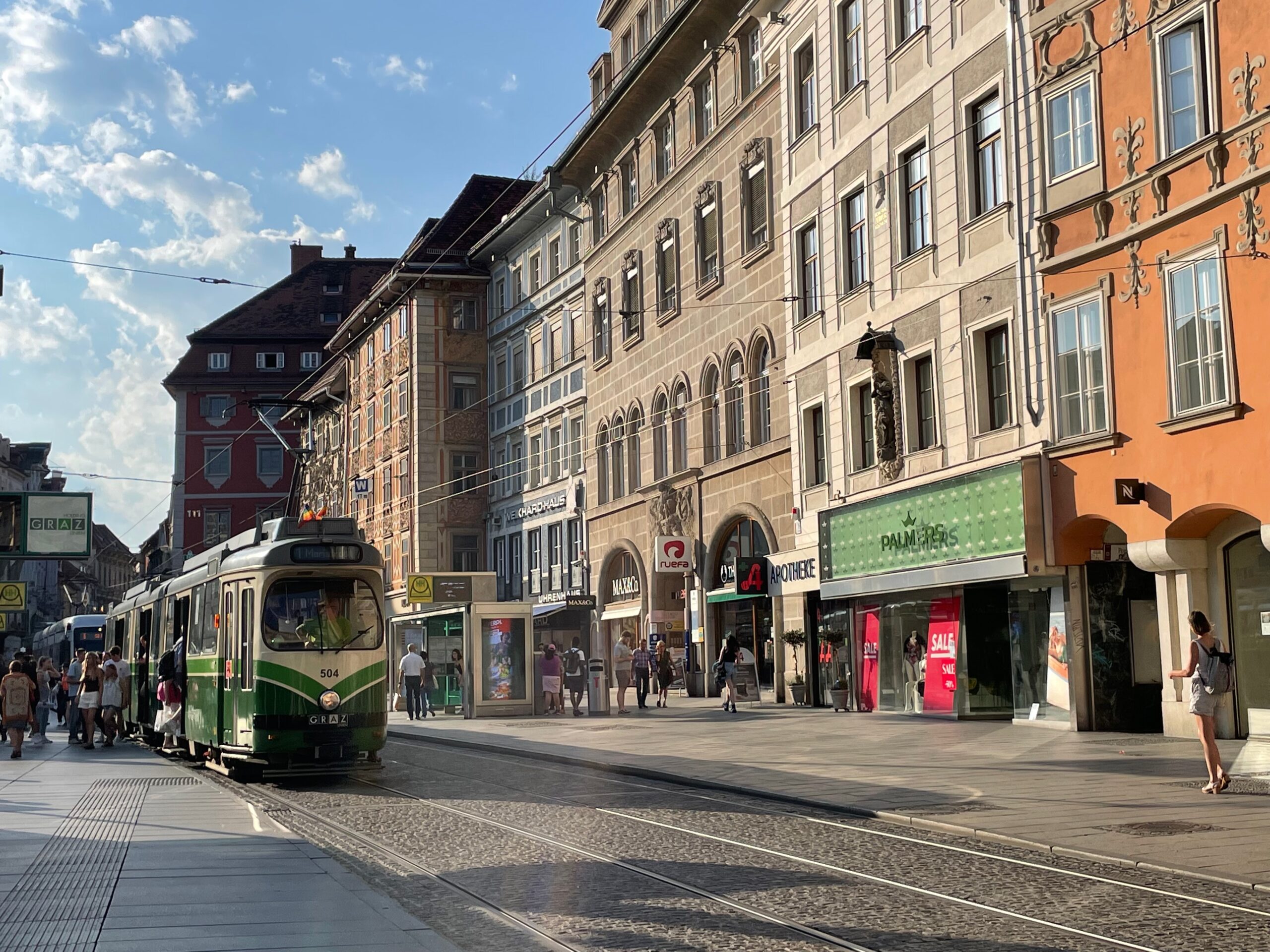 |
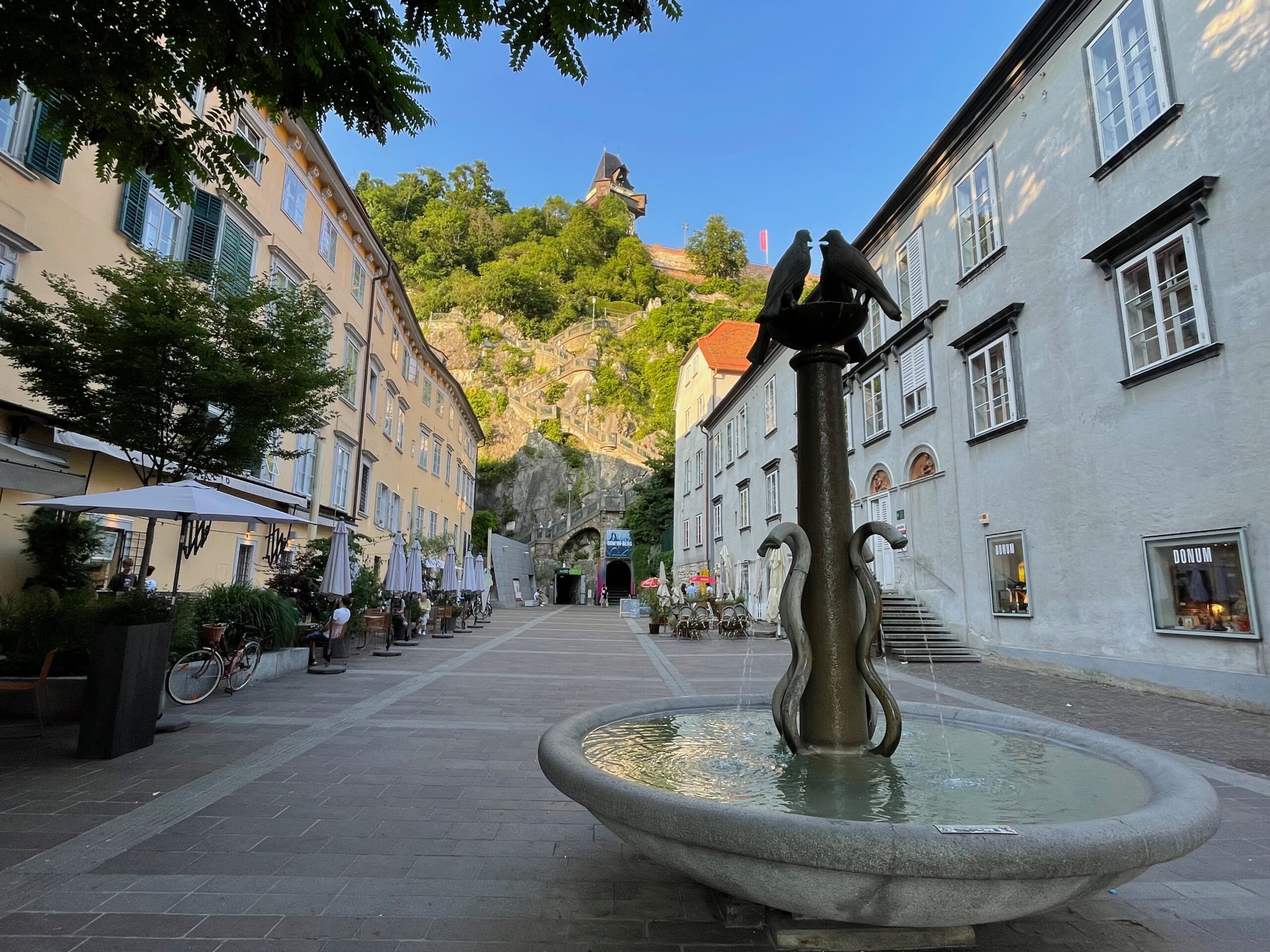 |
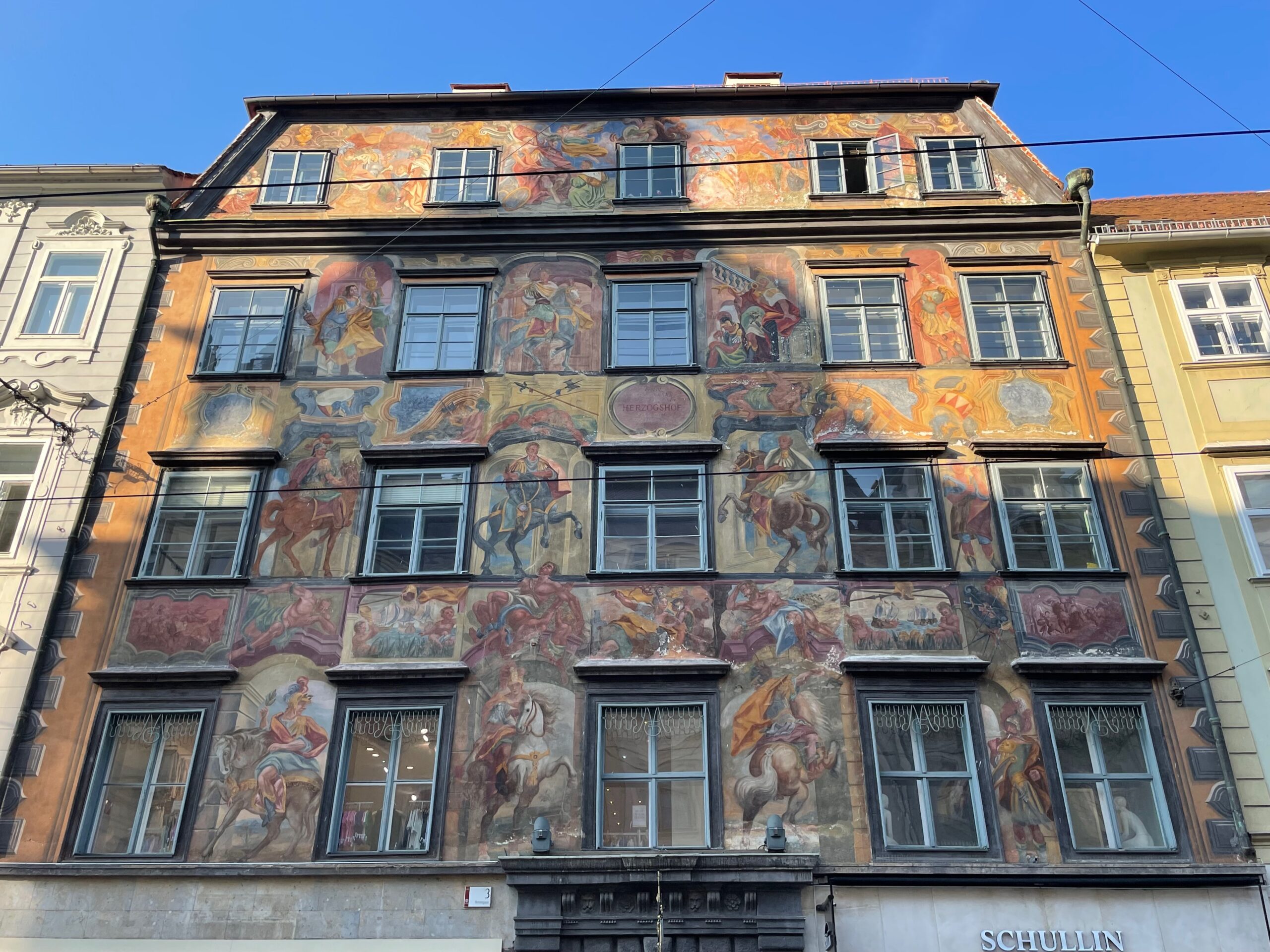 |
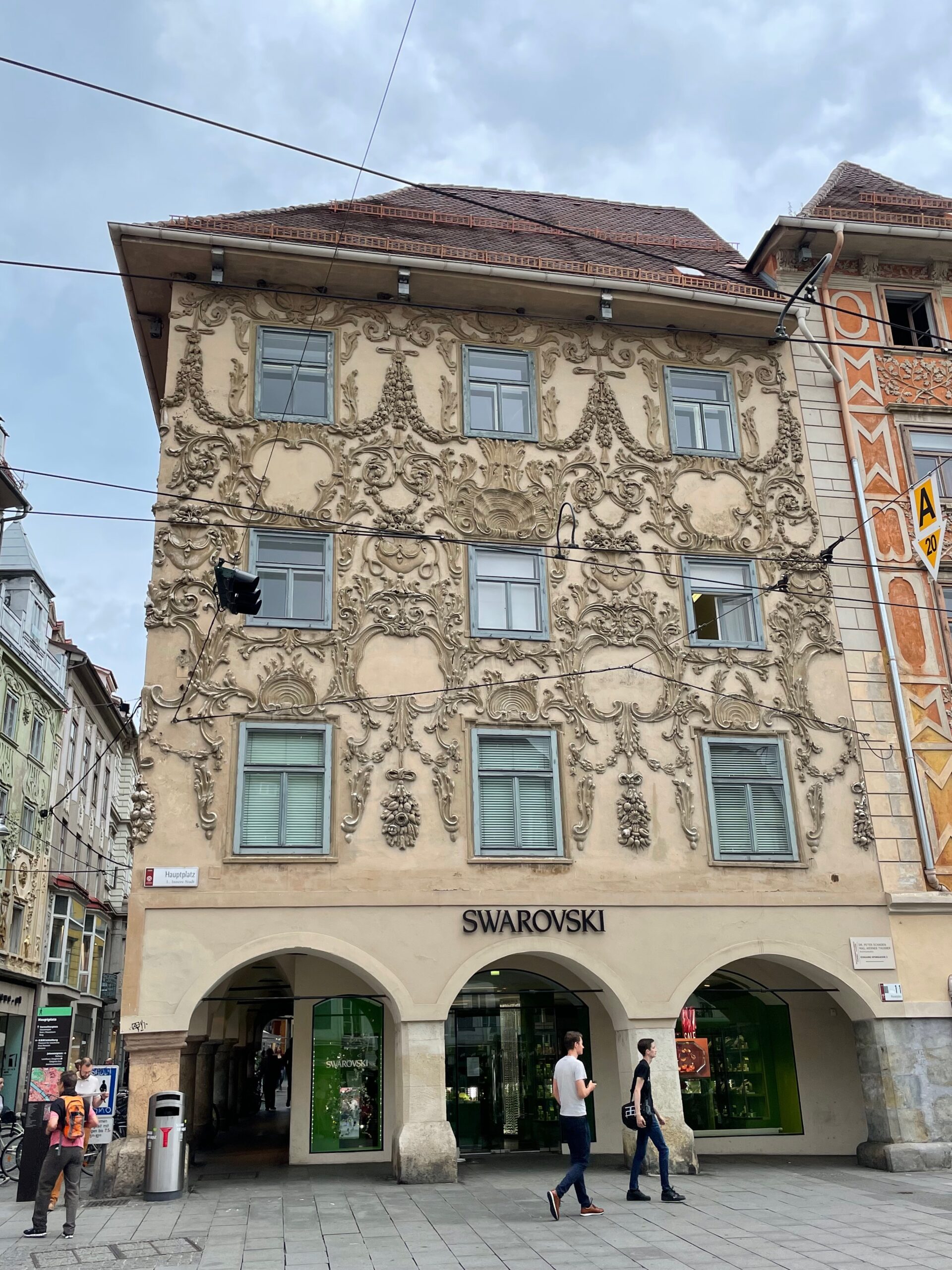 |
- Hauptplatz
The Hauptplatz (main square) and centrally located town hall are the heart of the city. Spend some time to look at the elaborate façade of the building, unfortunately you can’t enter inside. In the middle of the square you can find many food stalls where you can grab quick snack or lunch, try the traditional sausages with beer which is a filling Austrian meal.
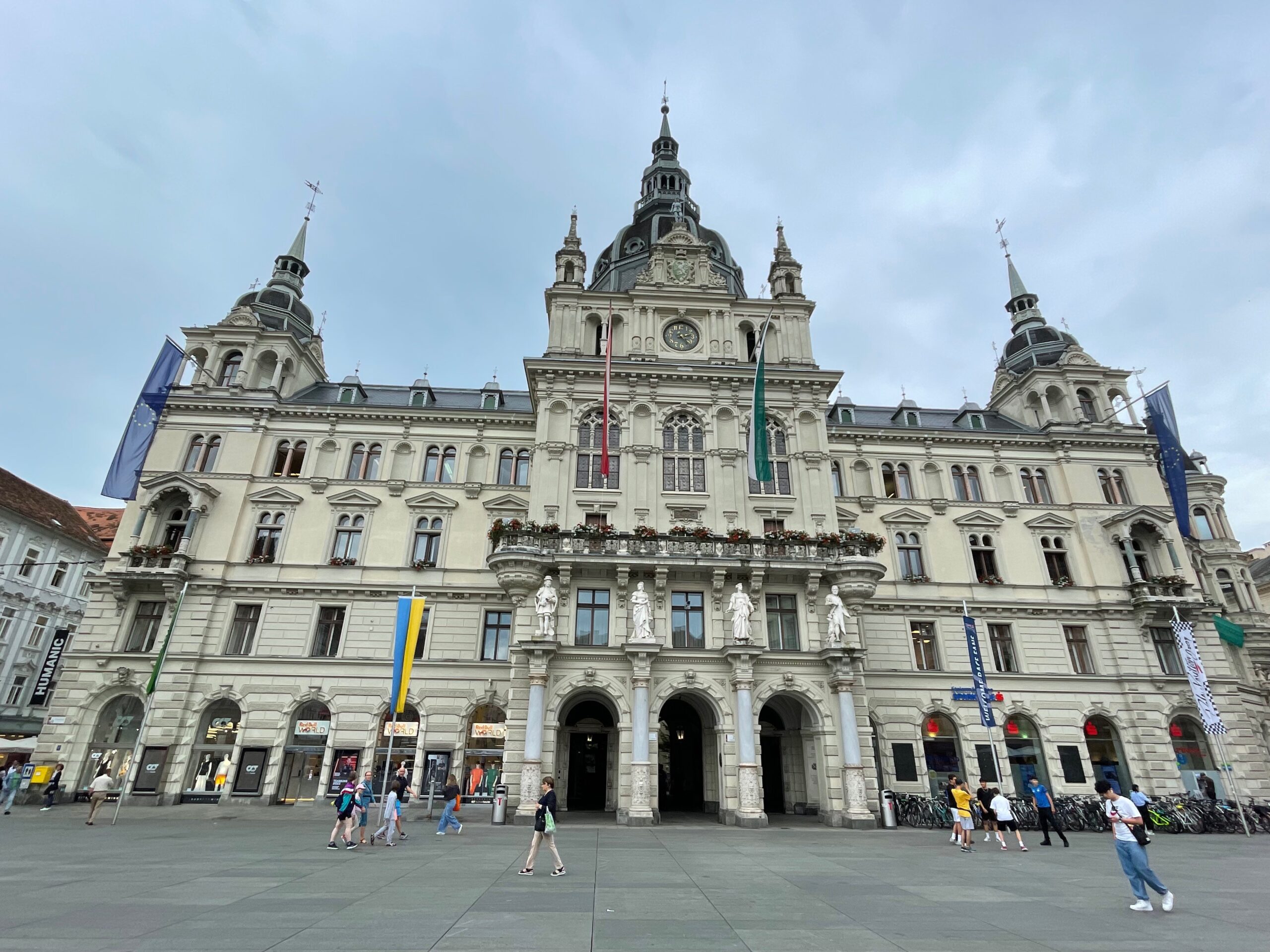 |
- Schloss Eggenberg
This marvellous castle and gardens are located a bit further from the city center but are easily accessible by tram (around 15-20 minutes from the historical town). The Eggenberg castle is on the list of UNESCO World Heritage. It was built in 1625 by Prince Johann Ulrich von Eggenberg. The palace was constructed following the rules of macrocosmic symbolism with its four tower for the seasons in a year, 12 gates for the months and 365 windows for the days. Nowadays, the palace is a museum, you can join a guided tour to see the state rooms, and have an individual visit to the Alte Galerie or the numismatic collection. Unfortunately, it’s not allowed to take pictures of the state rooms and I my experience is that in Austria taking pictures in castles’ interiors is often banned. That’s sad because I’d love to come back sometimes to some snapshots of cameral and sophisticated chambers of the Eggenberg palace when back home.
When done with the museums, I recommend spending some time in the garden with many romantic valleys, planetary garden, little ponds and unitimidated peacocks walking proudly around.
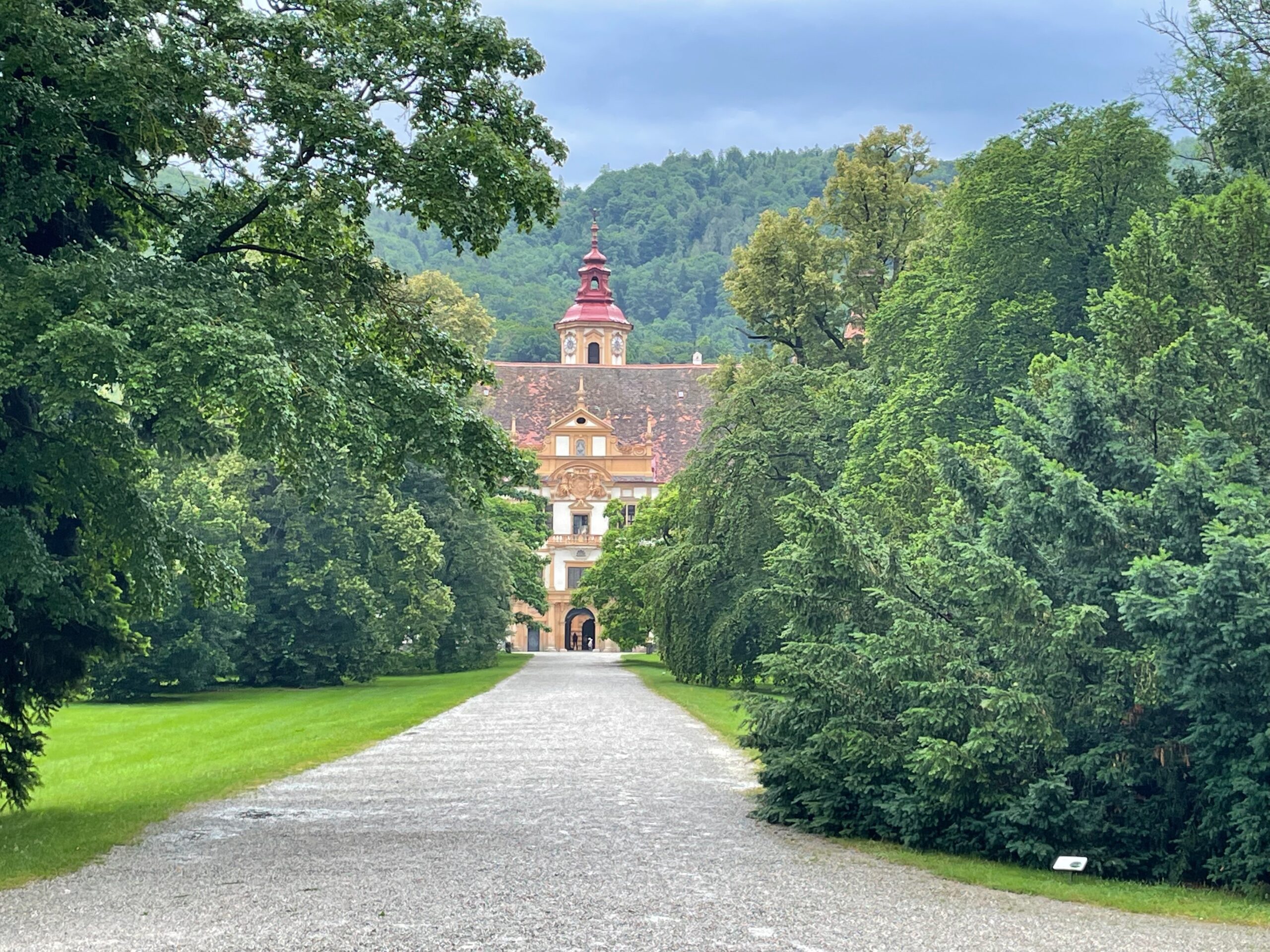 |
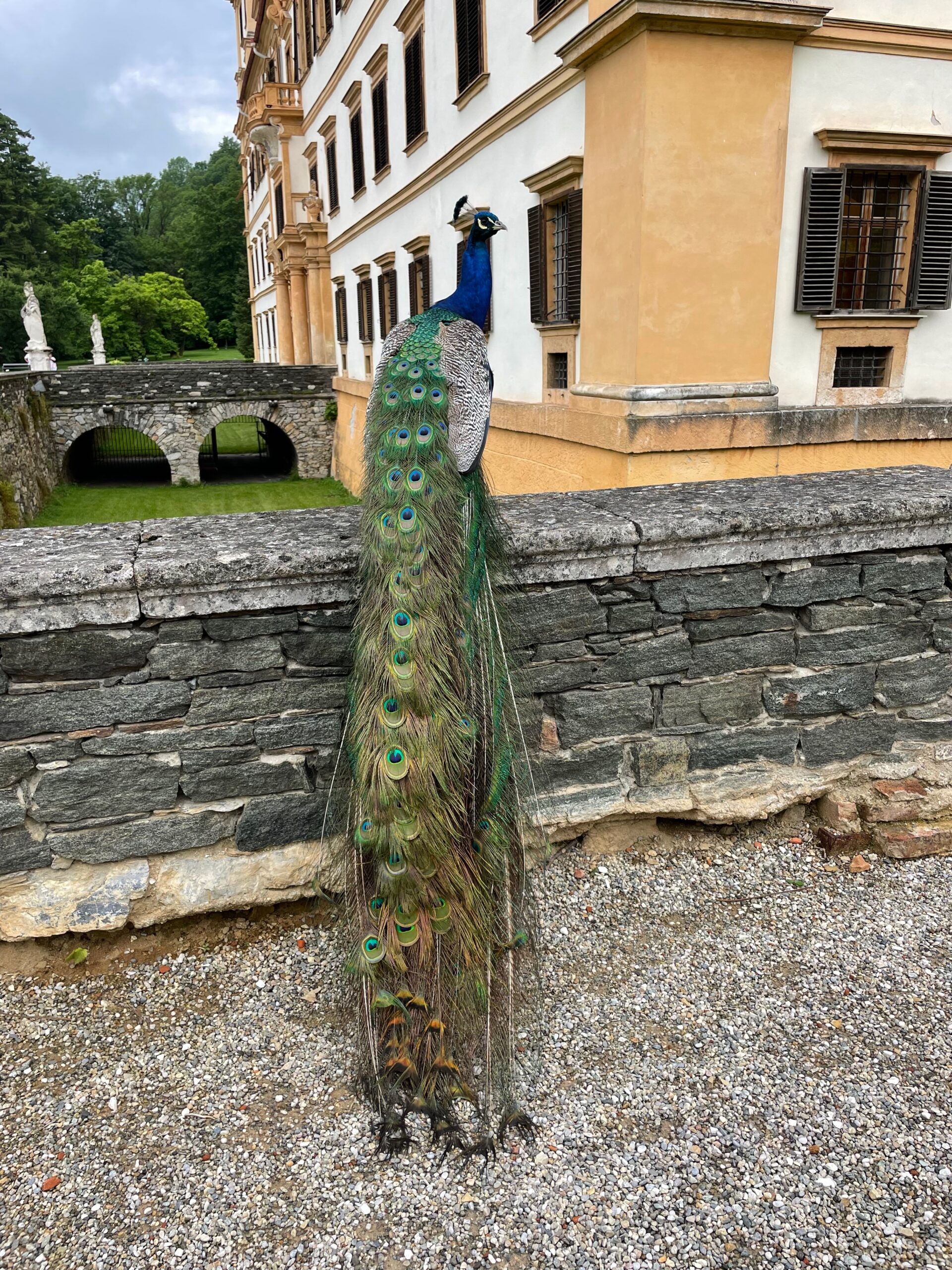 |
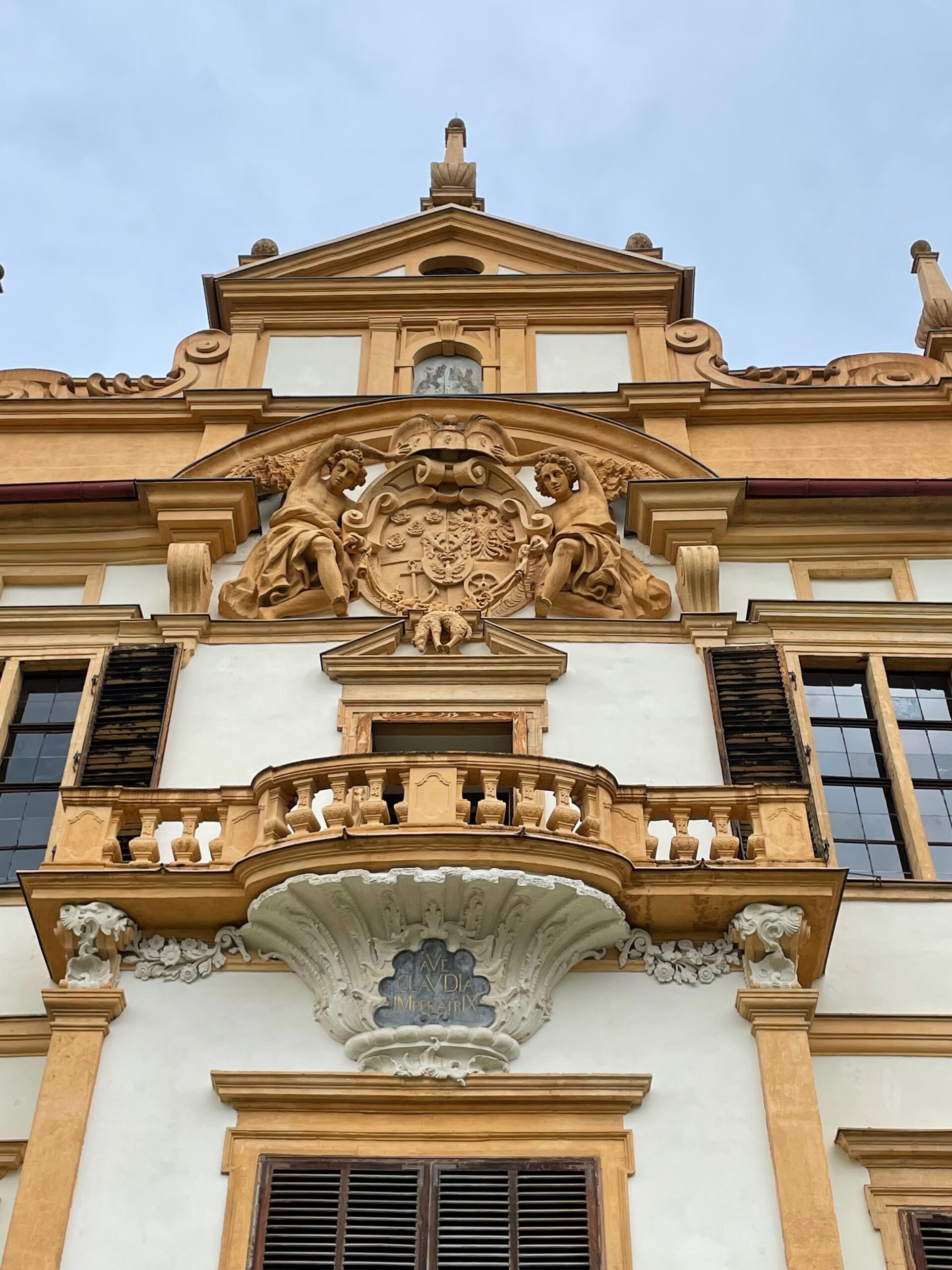 |
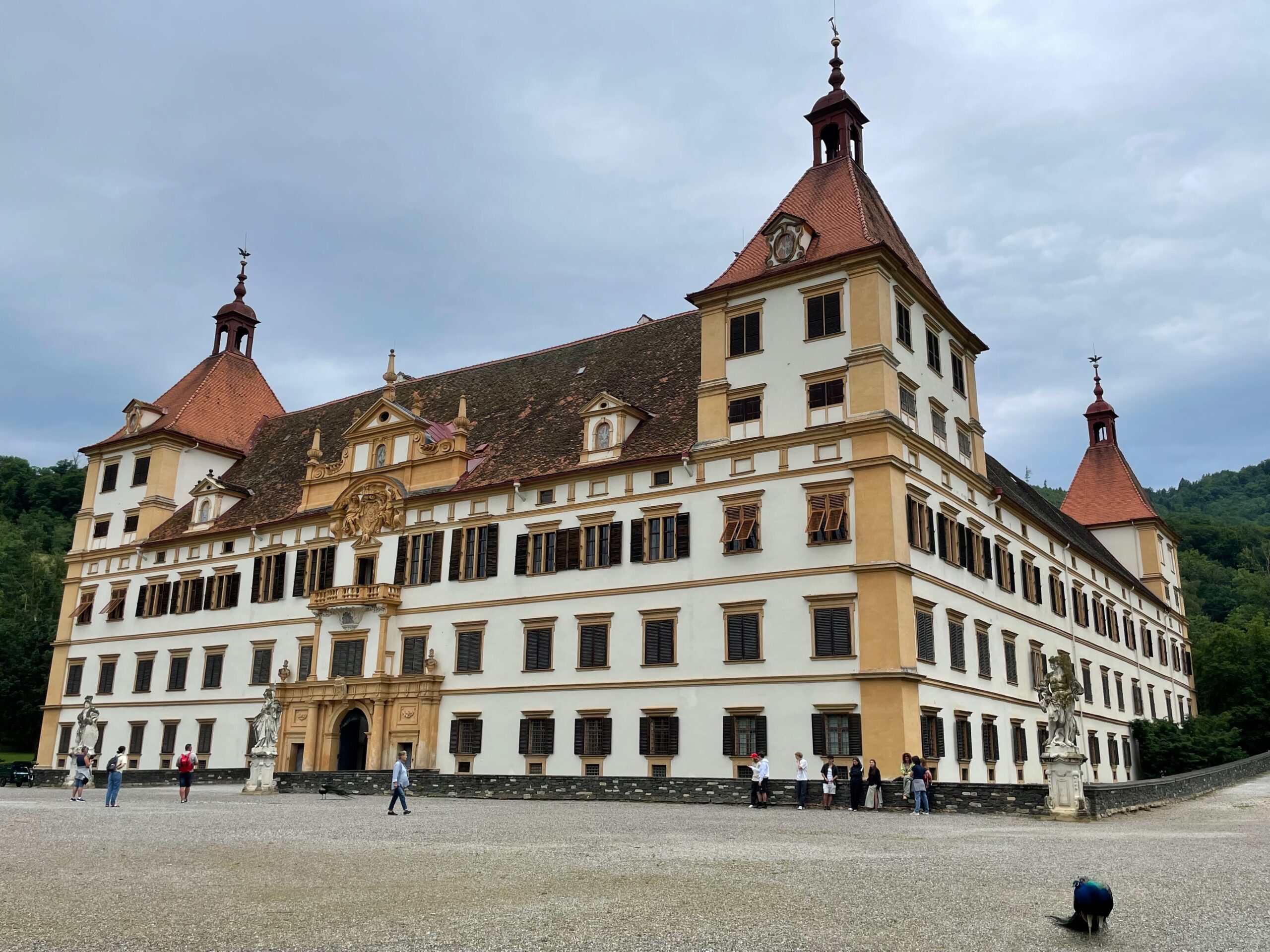 |
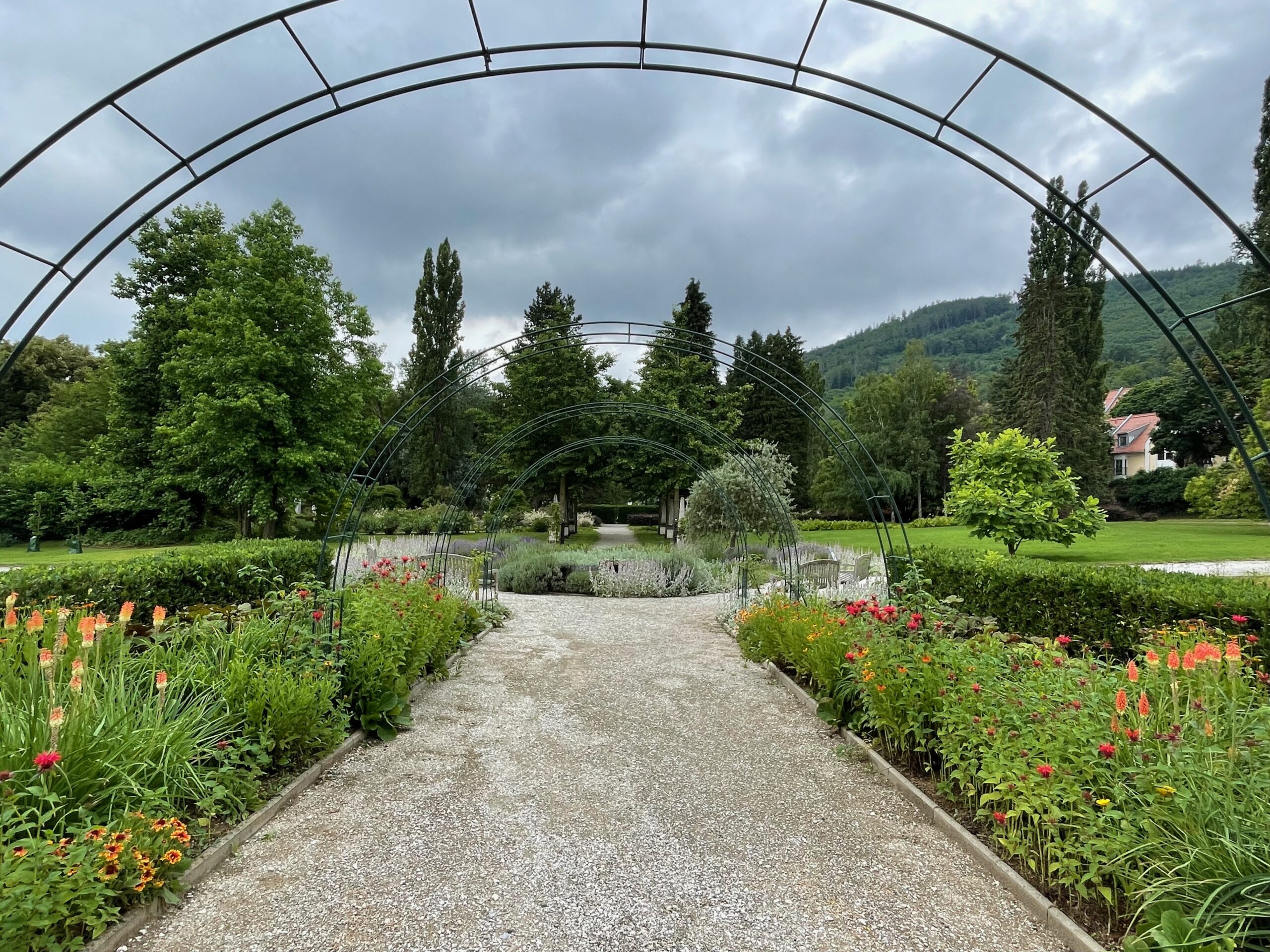 |
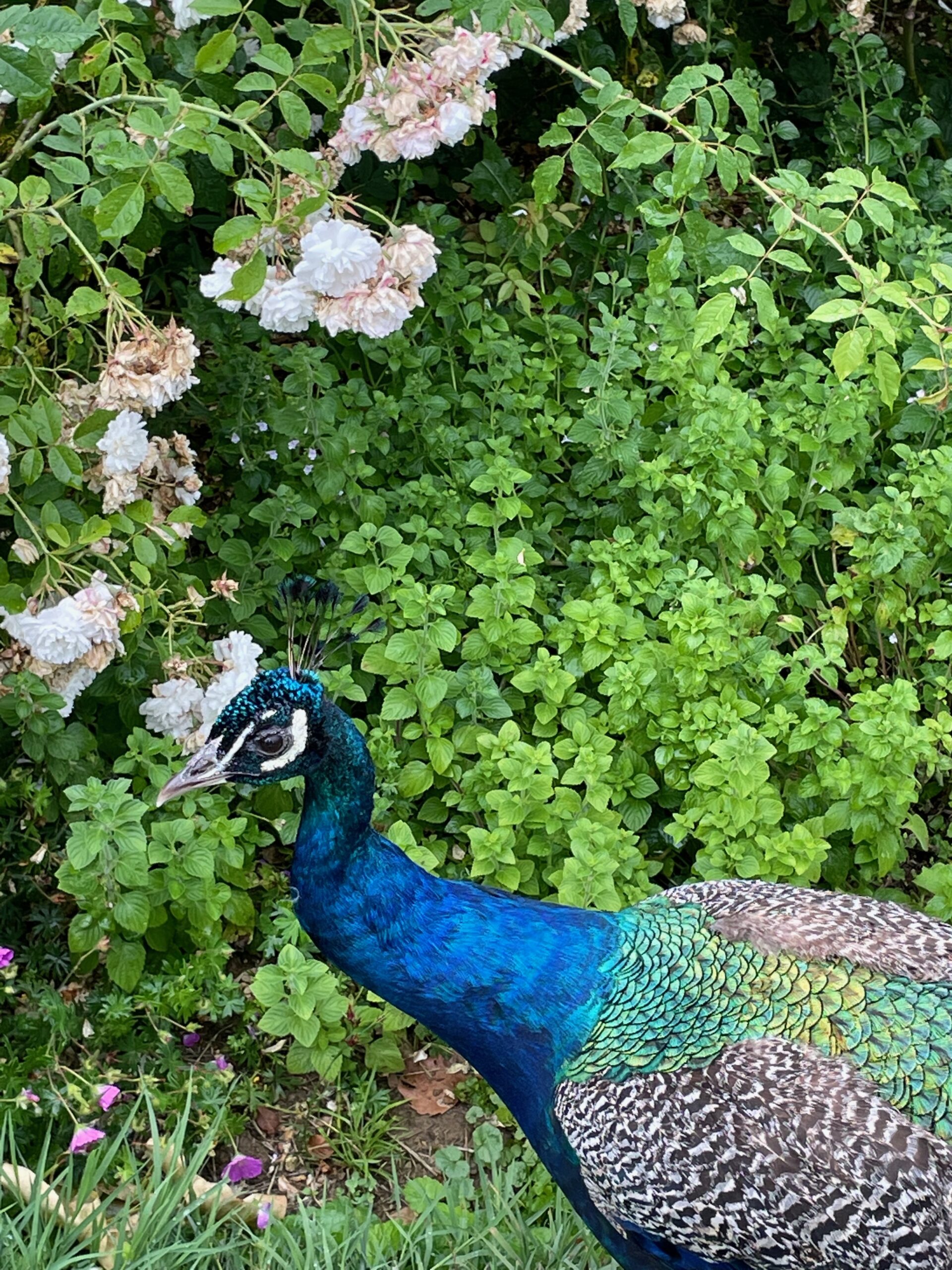 |
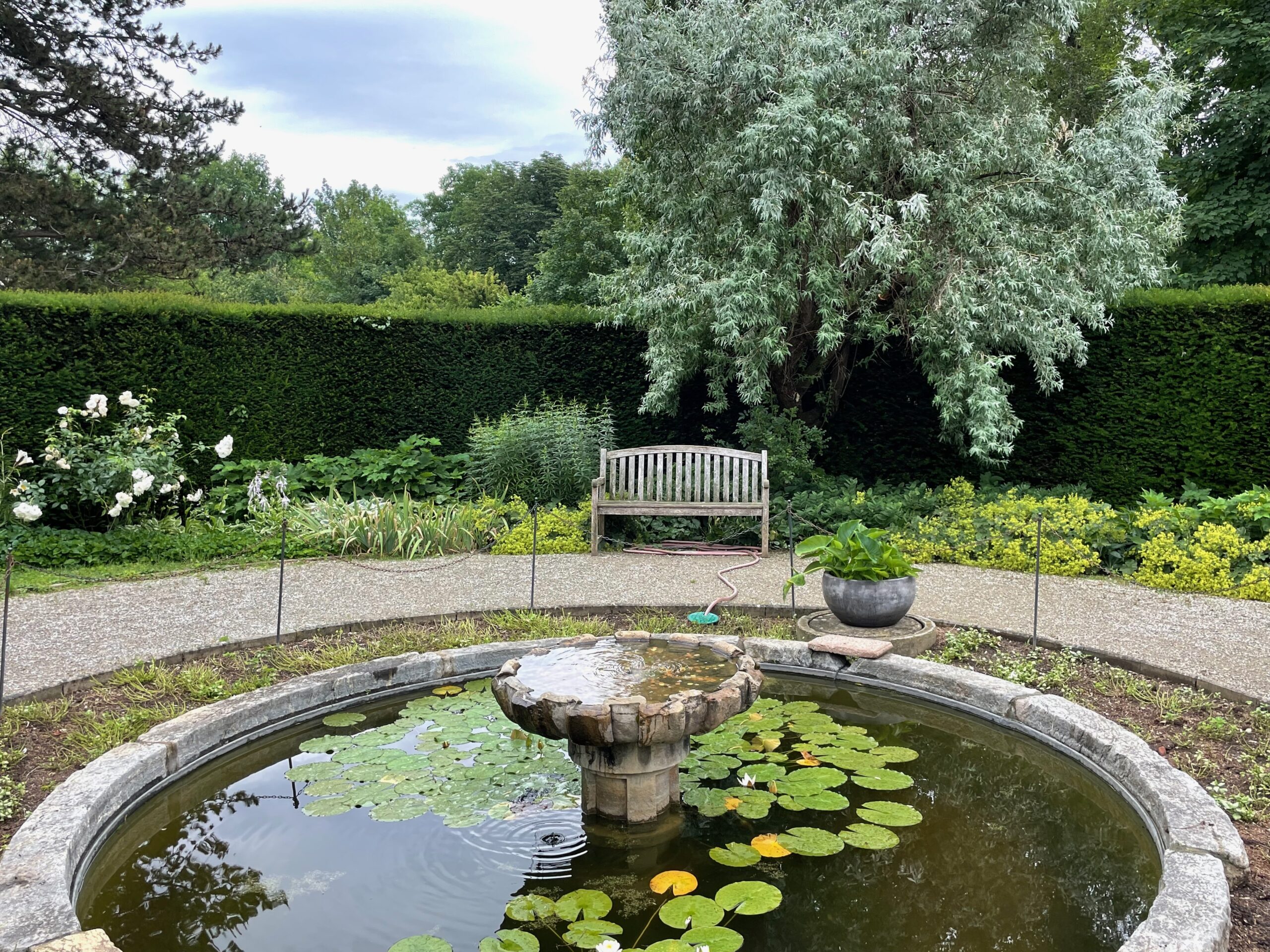 |
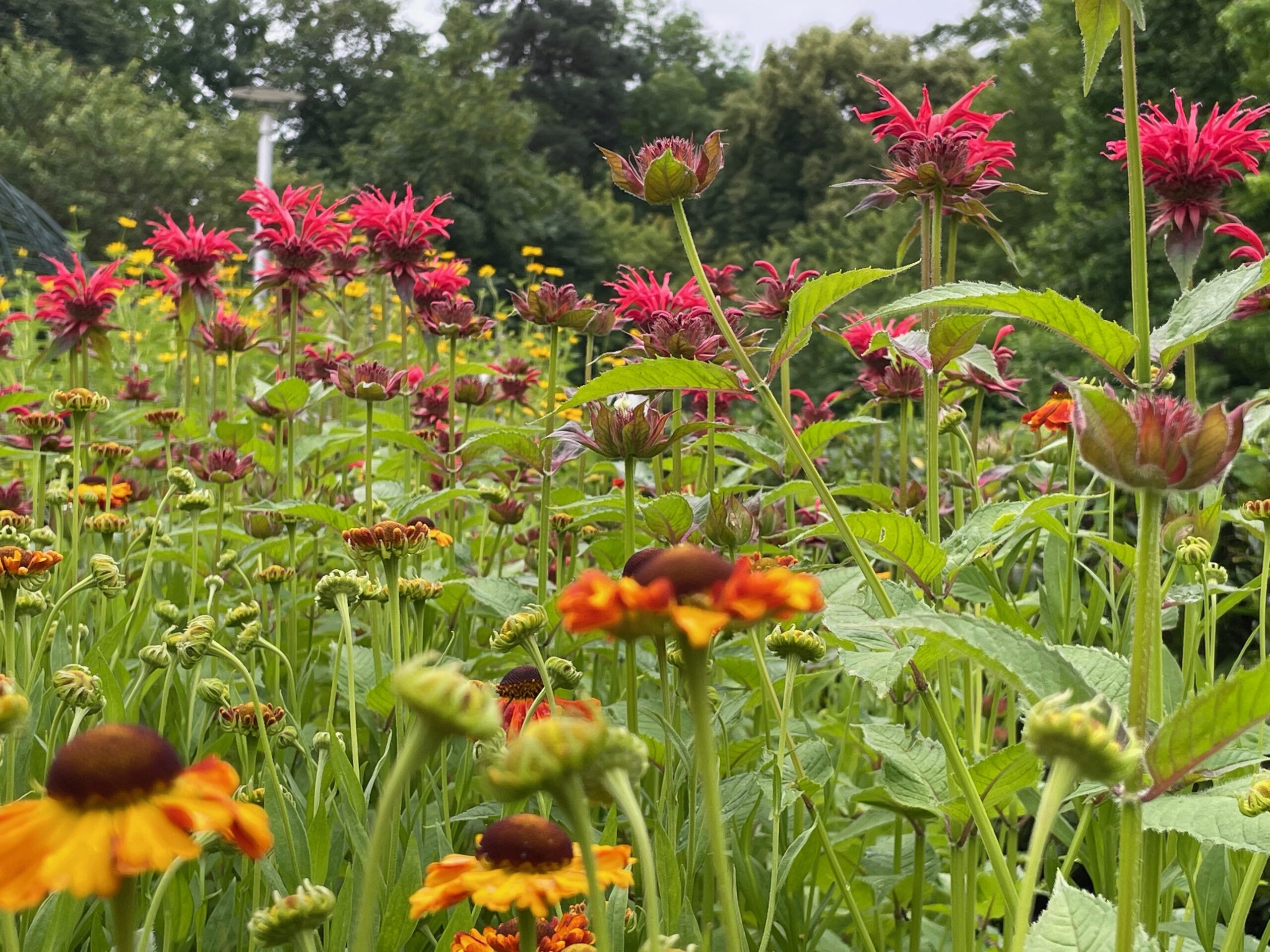 |
- Schlossberg Hill
When you stroll the old town, you can’t miss a mountain located practically in the middle of the city covered in trees with characteristic clock tower contrasting with the lush greenery. In fact Schlossberg is a popular spot for both locals and tourists, from the hill you can enjoy amazing views at the area with distant hills and the mountains, you can even spot bordering Slovenia from here. The hill is also popular among couples who come here for a romantic evening. Since there is many footpaths here you can easily stroll from one sight to another. I recommend coming here for a relaxing evening or afternoon, you will find few cafeterias and restaurants so grab a small refreshment and take in the picturesque landscapes when enjoying the moment.
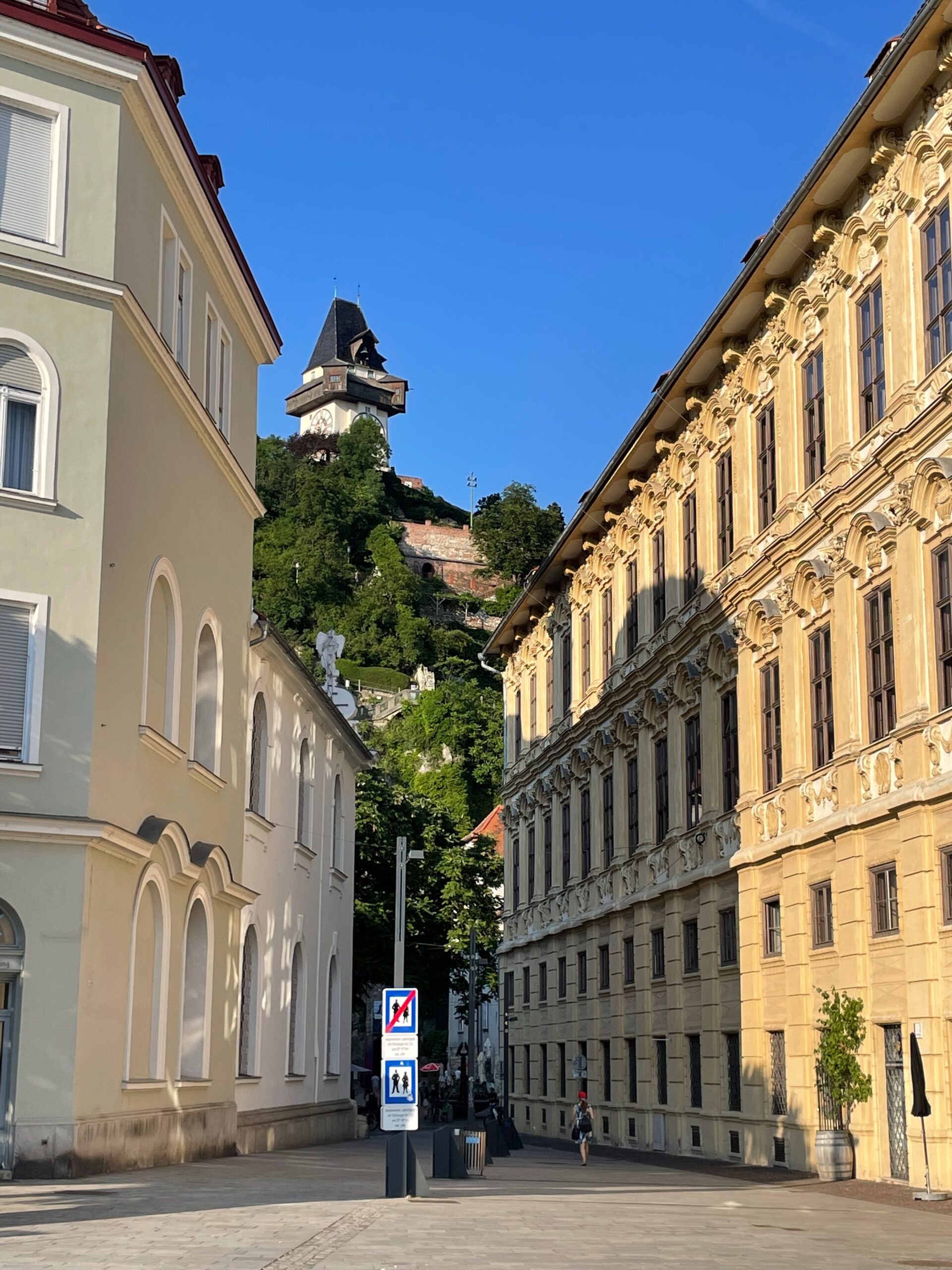 |
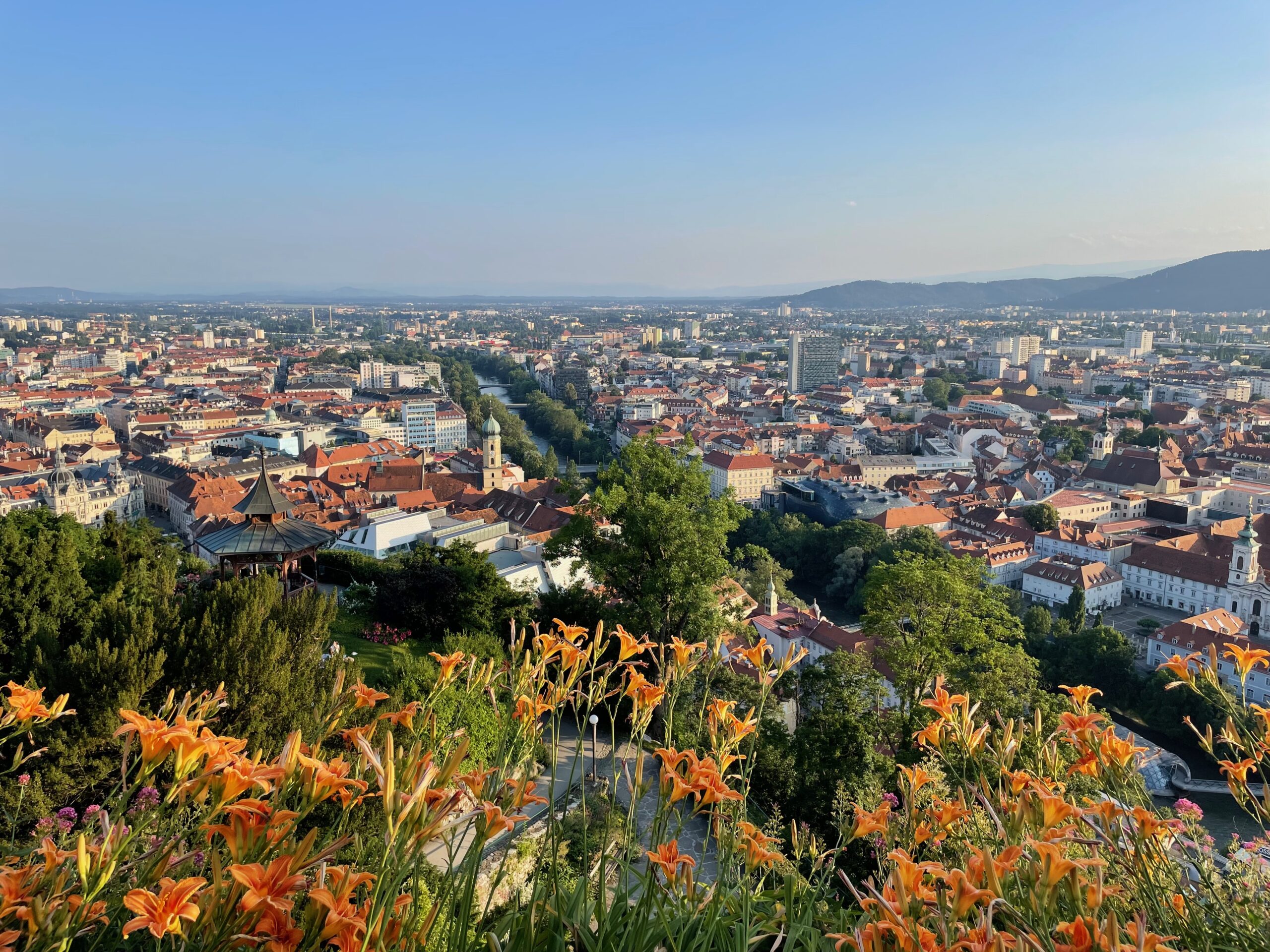 |
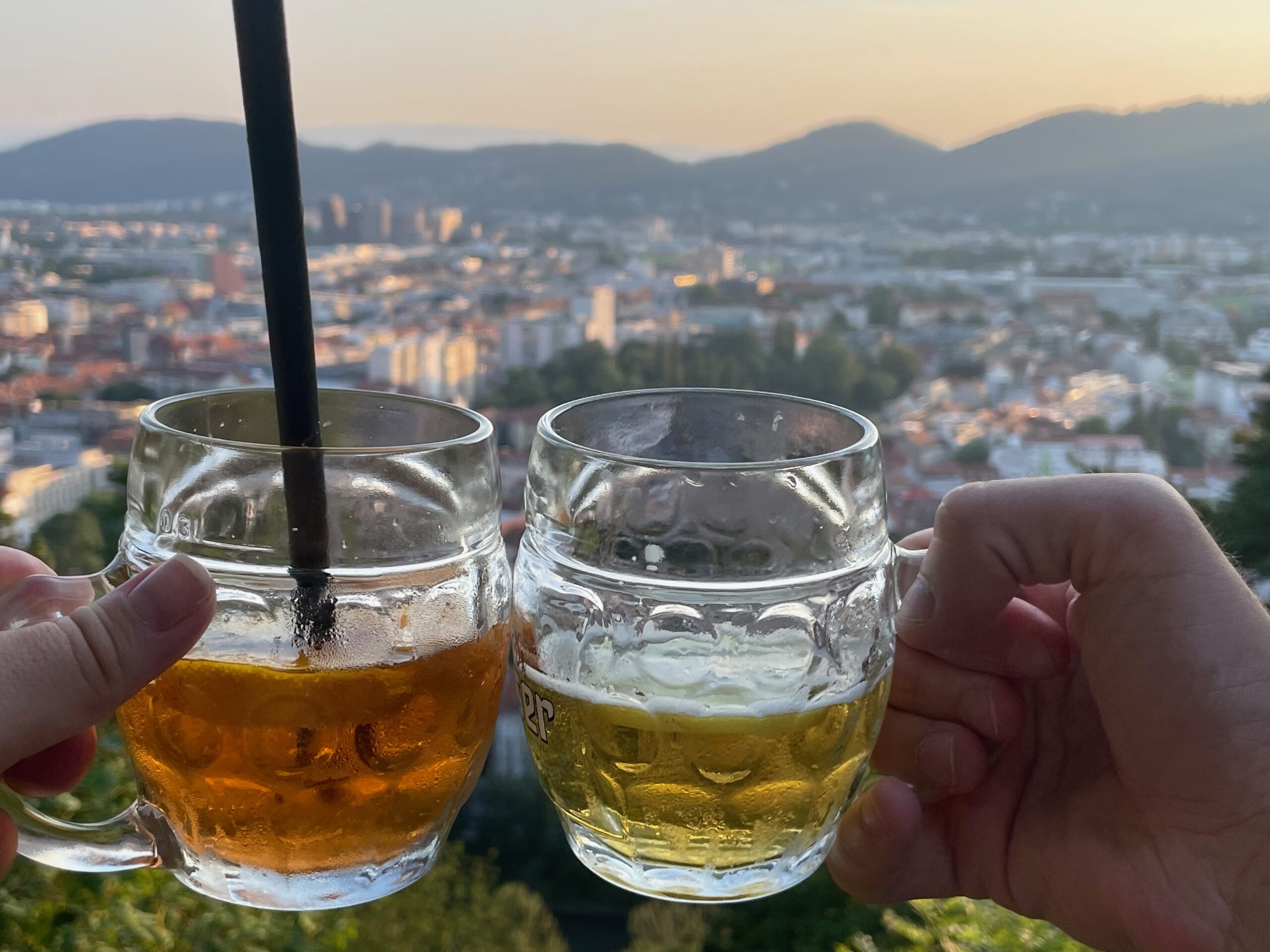 |
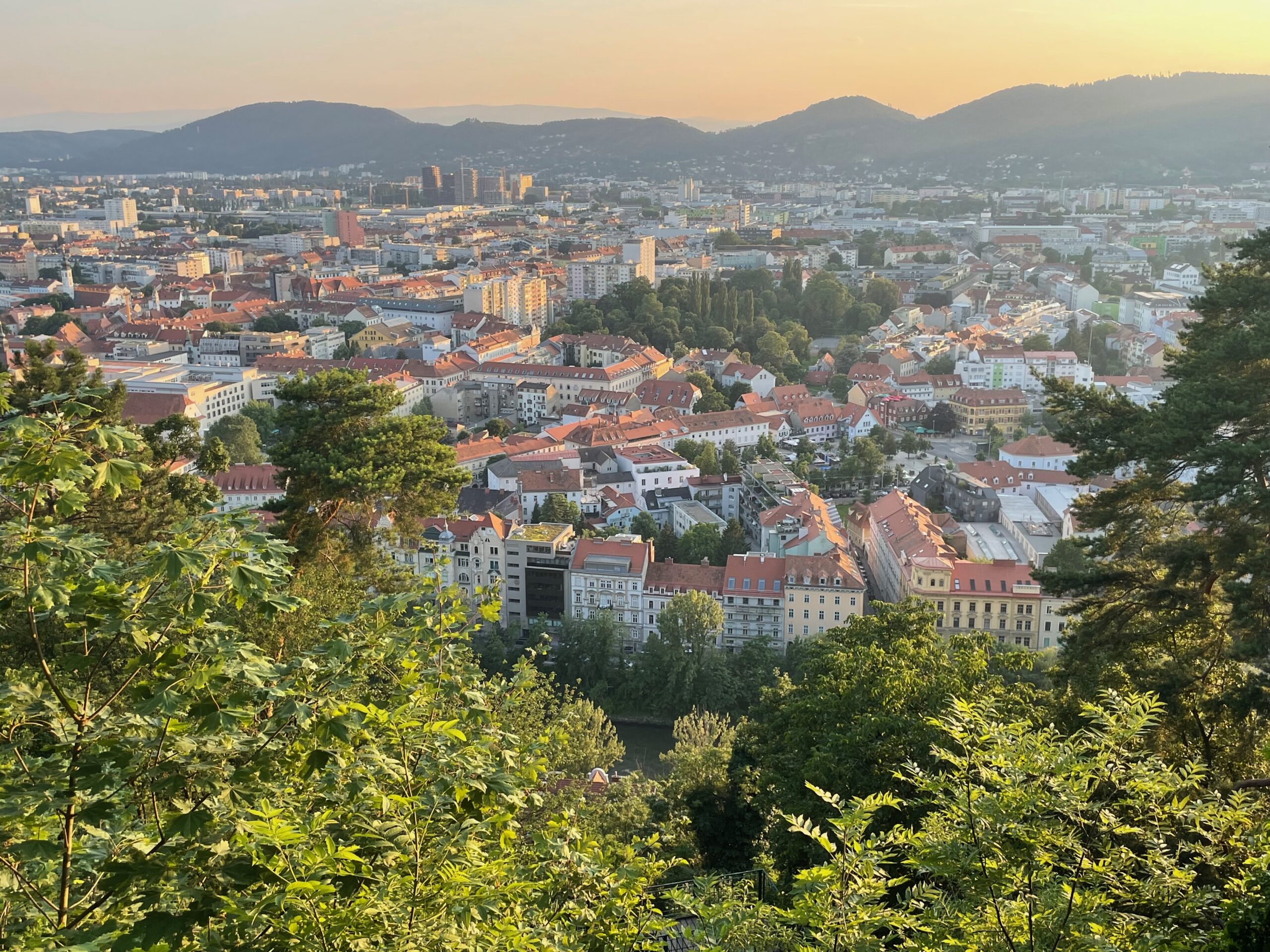 |
- Clock tower
When walking around the Schlossberg Hill, stop by the clock tower which is one of the most recognized landmarks of the city. Originally, the tower was medieval defense and was turned into its current structure around 1560, nowadays there is plenty of benches to seat and relax here, in the afternoons and evenings local musicians and artists come here to give little performances. This also is another nice viewing spot at the red roofs of the old town and nearby hills and mountains.
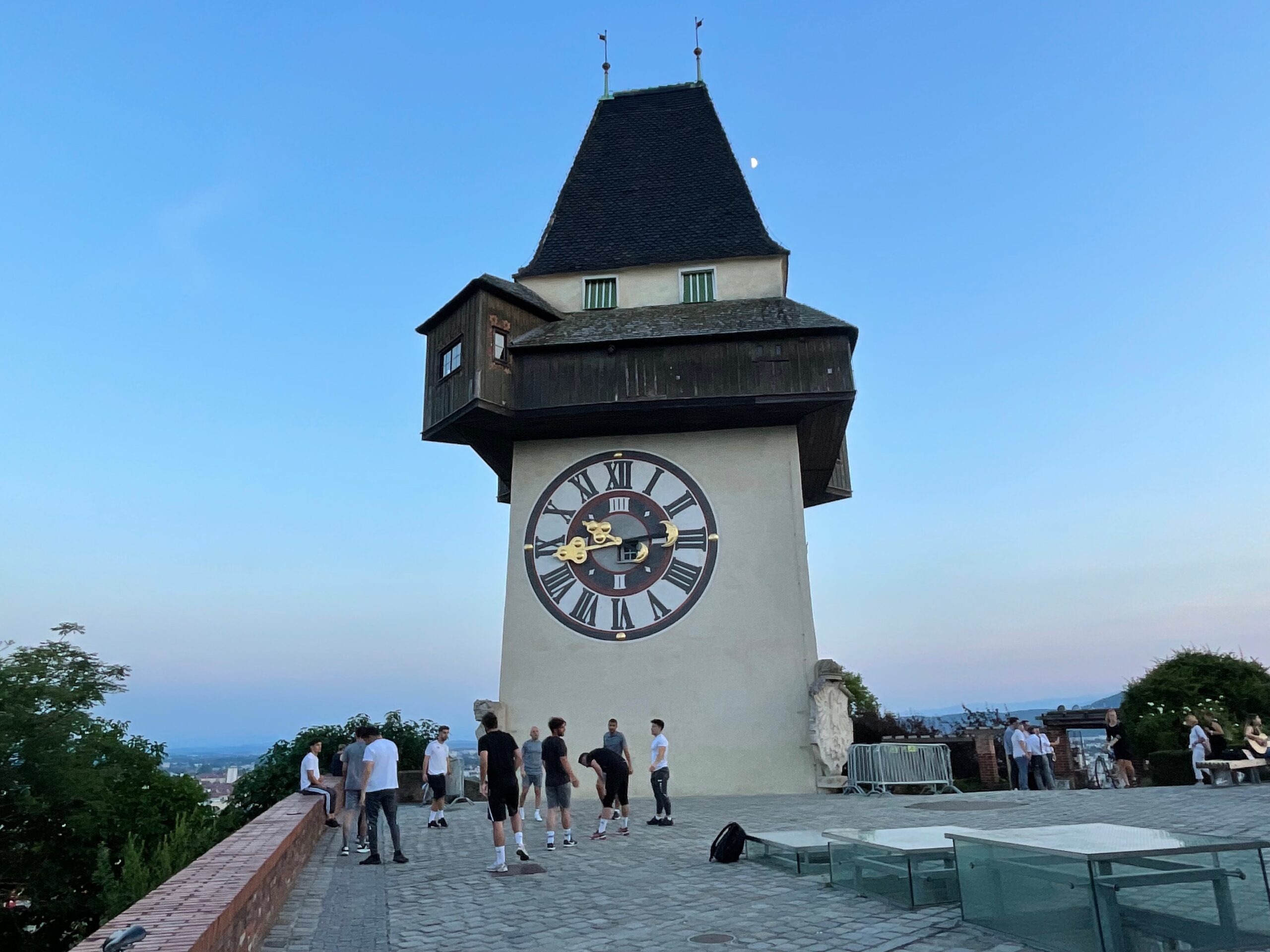 |
- Chinese Pavilion
One of the most romantic spots on Schlossberg Hill is Chinese Pavilion which was built in 1860 and replaced an older Romanesque vine-covered terrace. Bring wine and some local pastry and enjoy the sunset and beautiful views during golden hour. To avoid disappointment, note however, that the area might be crowded in the afternoon and evening here.
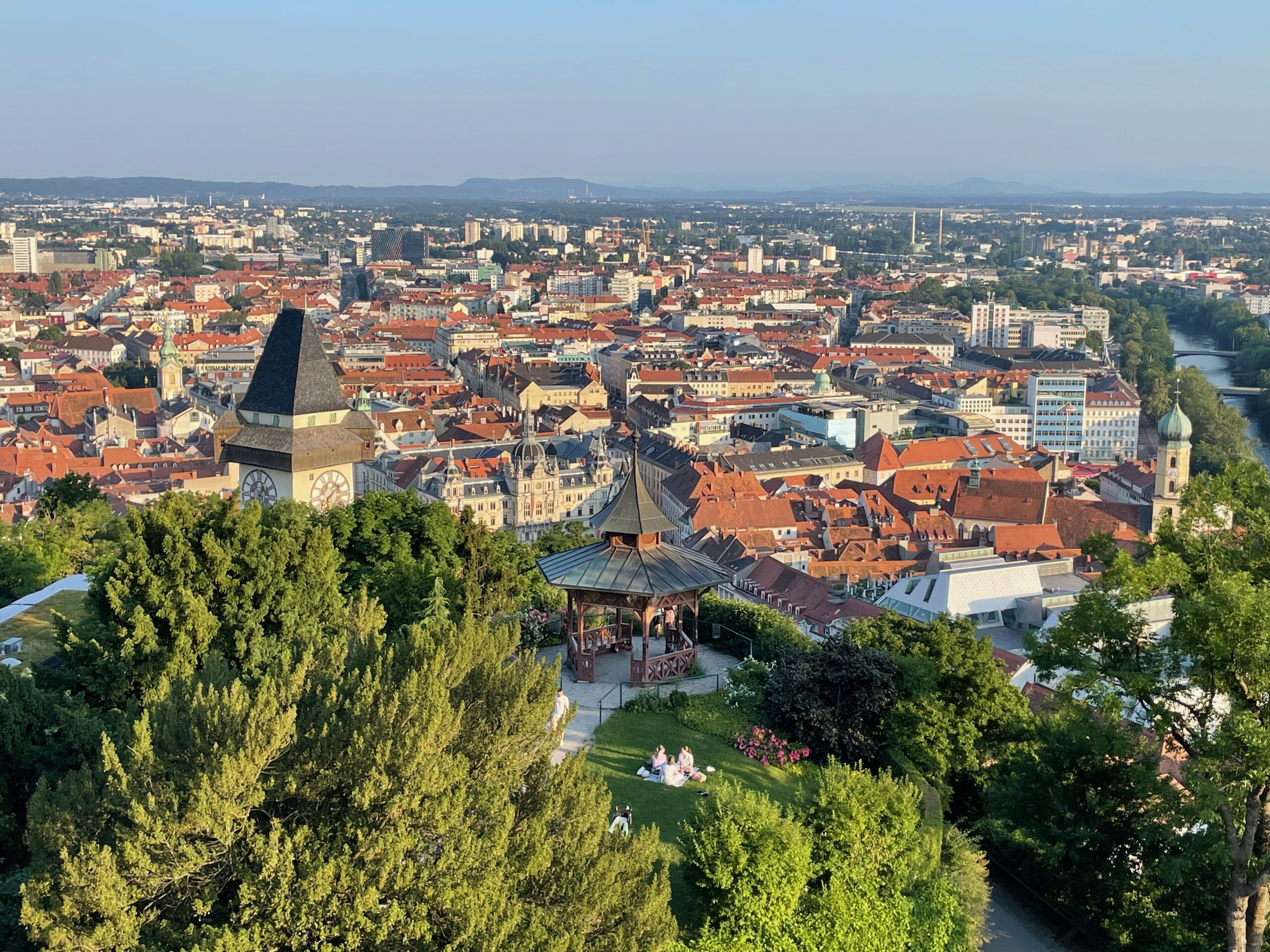 |
- Opera house
Austrians are known for their love for opera so if you can secure your tickets for the evening performance, this can be a fantastic experience. If you don’t have time or you’re not an opera fan, see the building from outside or visit its spectacular interior with a guided tour. The Graz Opera House was designed by famous architects Hemler and Fellner and built in 1899. If you’re already in the area stop at the square in front of the opera. There is many food stalls and bars around so it can be a nice spot for some refreshments. The area looks popular within locals, at least in the summertime.
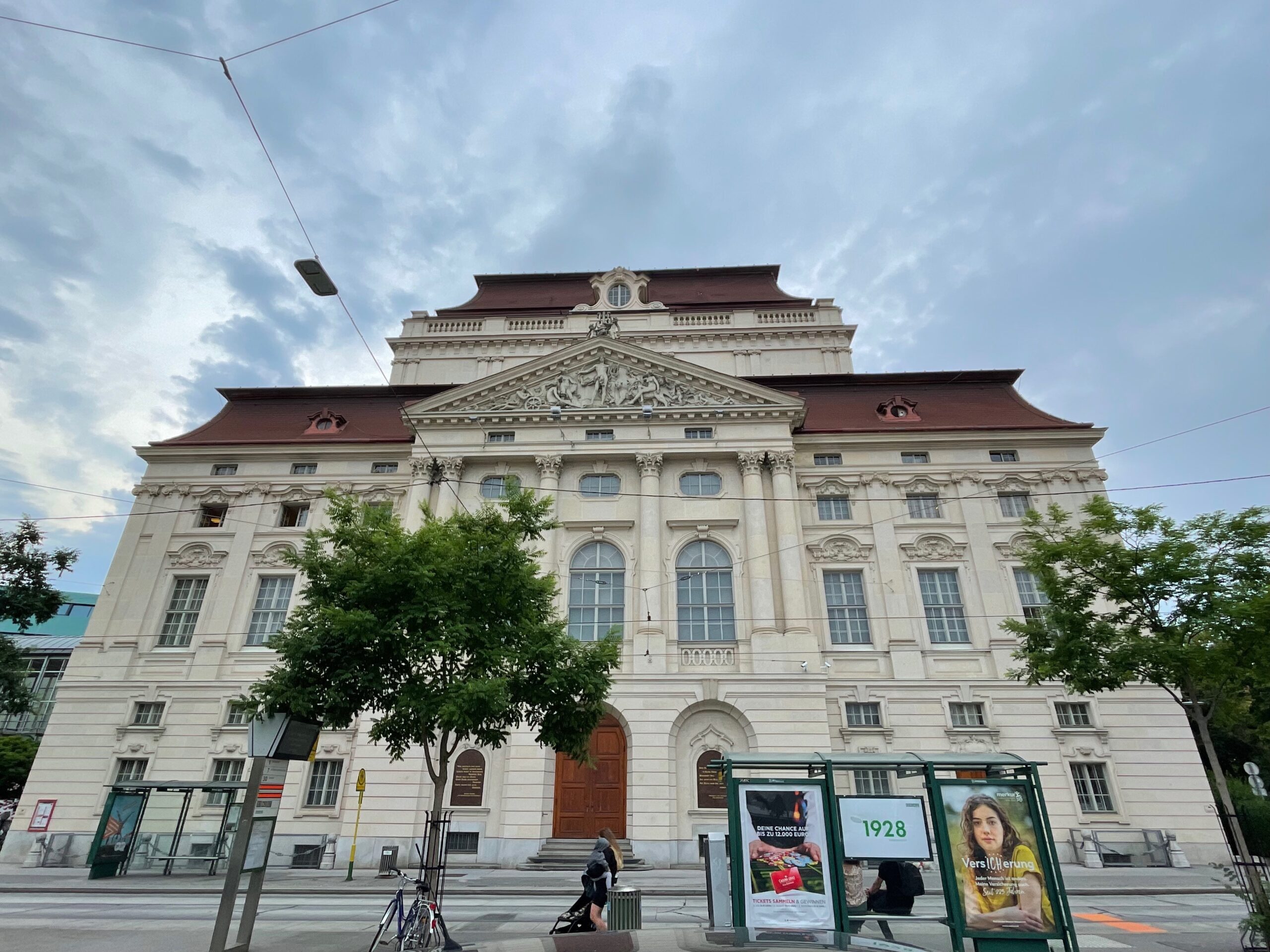 |
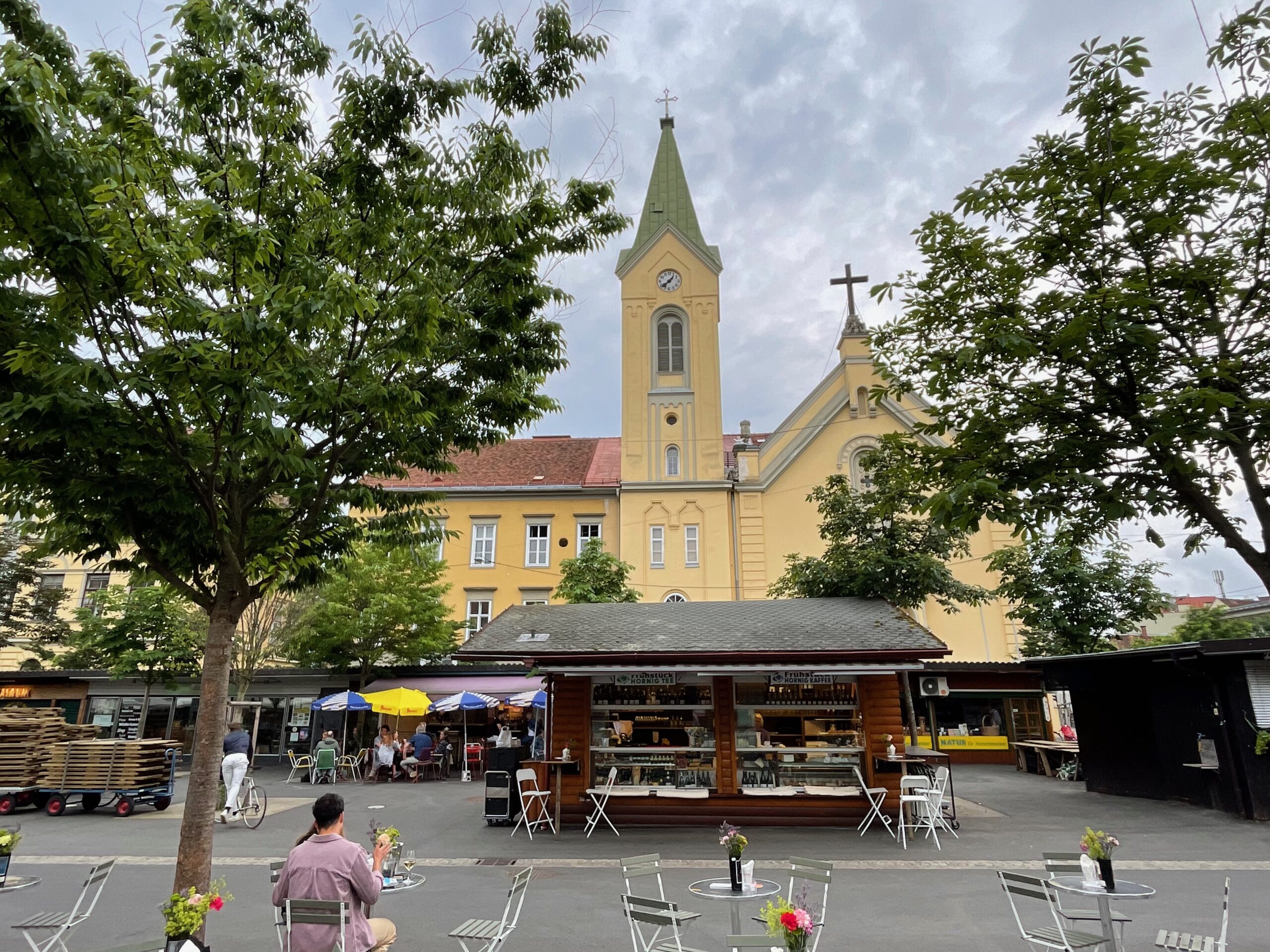 |
- Murinsel
Murinsel is an original modern structure that sits on the water of Mur river. This futuristic construction was built in 2003 and designed by New York artist Vito Acconci and takes form of a floating shell. It is connected with the river banks with footbridges and is nicely lit in the evening. There is a cafeteria installed in the building so you can come and enjoy the sound of water from the mountain river when sipping your coffee. The views from here are also very nice, this is a good spot to look at the Schlossberg Hill. Alternatively, you can just cross the river using footbridges to have a closer look at the Murinsel structure, note however, that the passage is closed in the evening so don’t come very late.
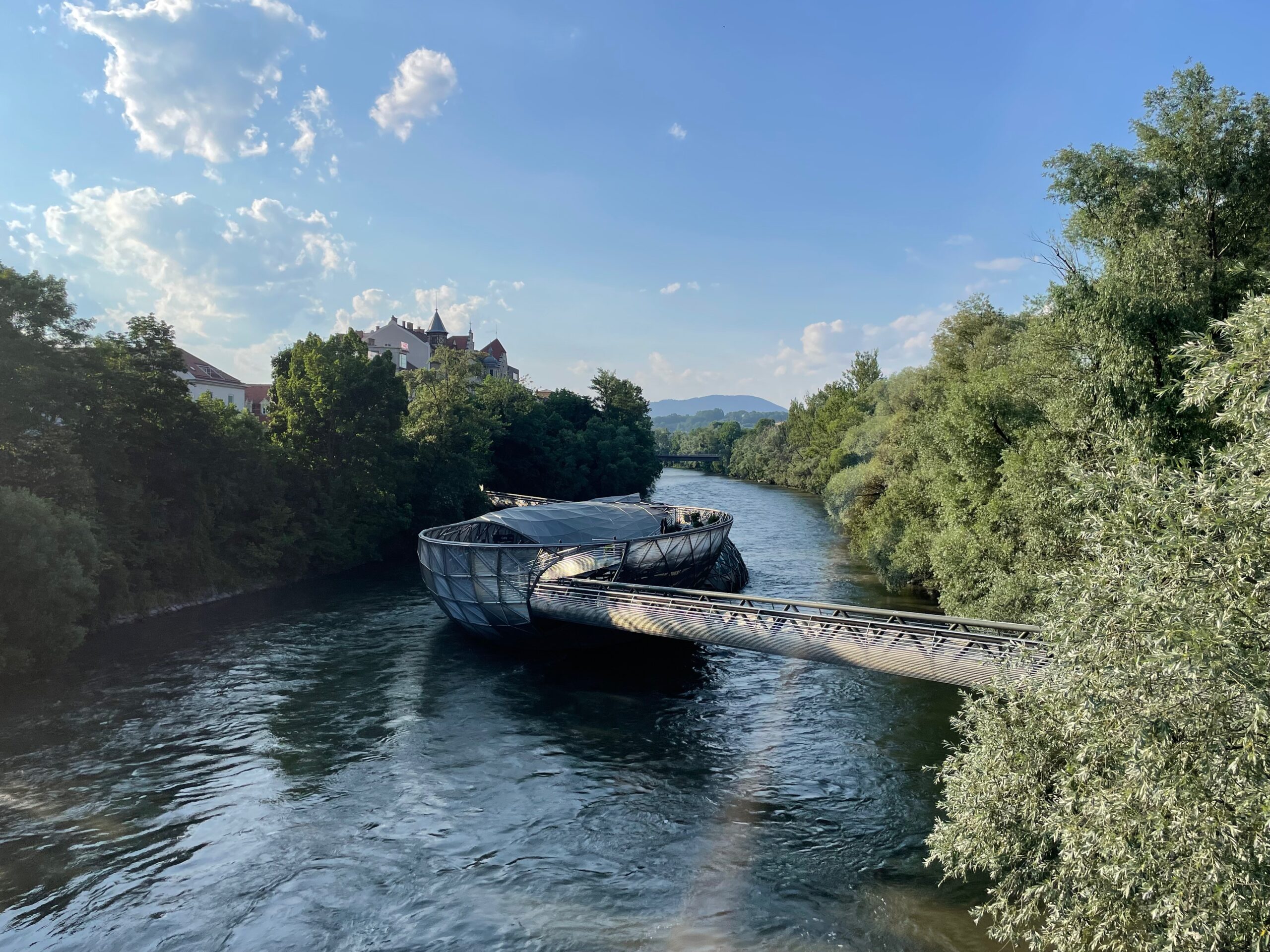 |
- History Museum
If you want to learn more about Graz and Styria region, it’s a good idea to come History Museum which is housed in a beautiful 16th-century Palais Khuenburg. You will find more than 35 000 objects including musical instruments, furniture, women’s, men’s and children’s fashion, decorations, candelabras and many other types of items which documents the cultural eras of Styria. If you like spectacular interiors, part of the collections are exhibited in particularly beautifully decorated rooms which remind of the grand life of the Palais Khuenburg owners.
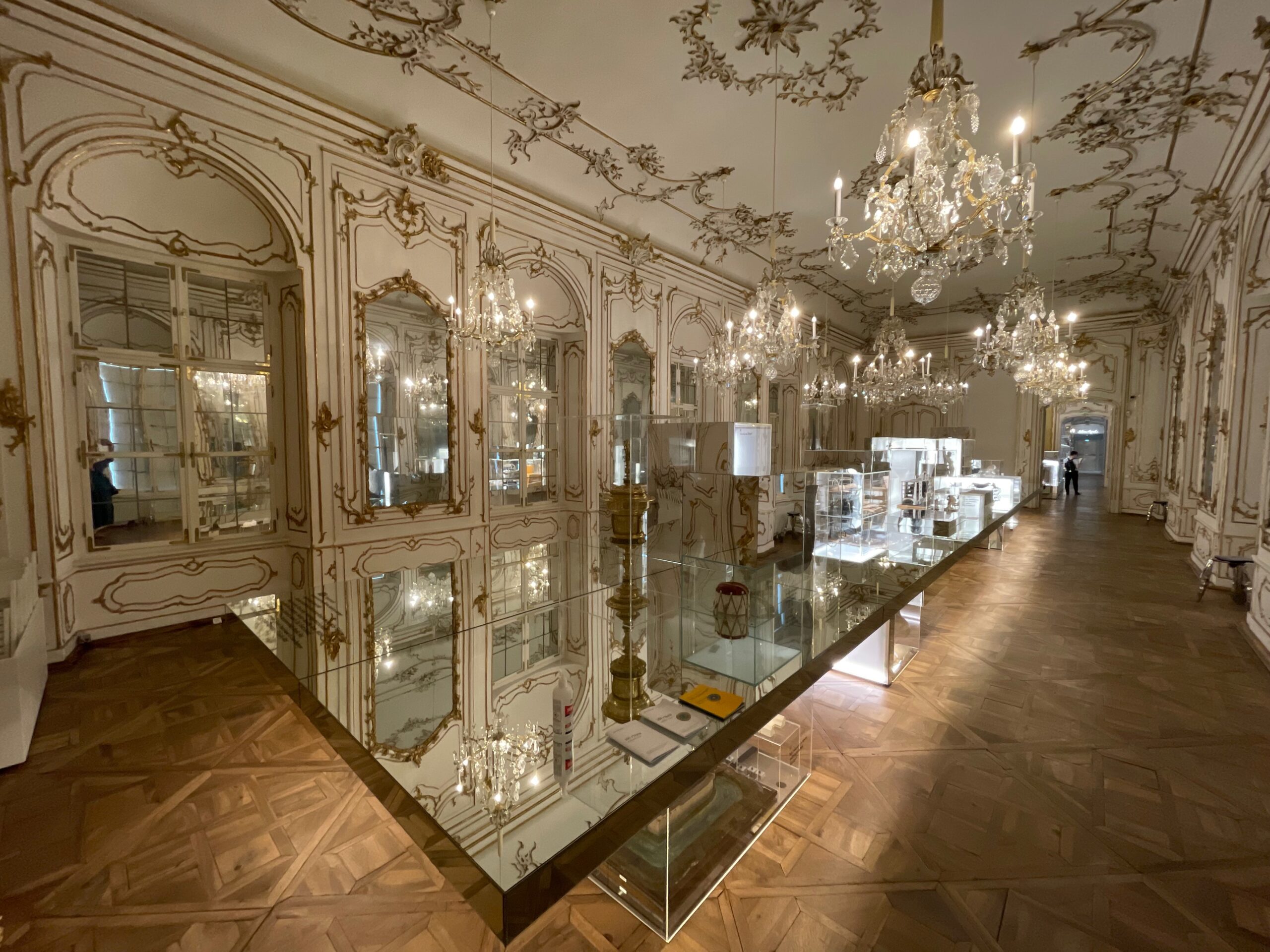 |
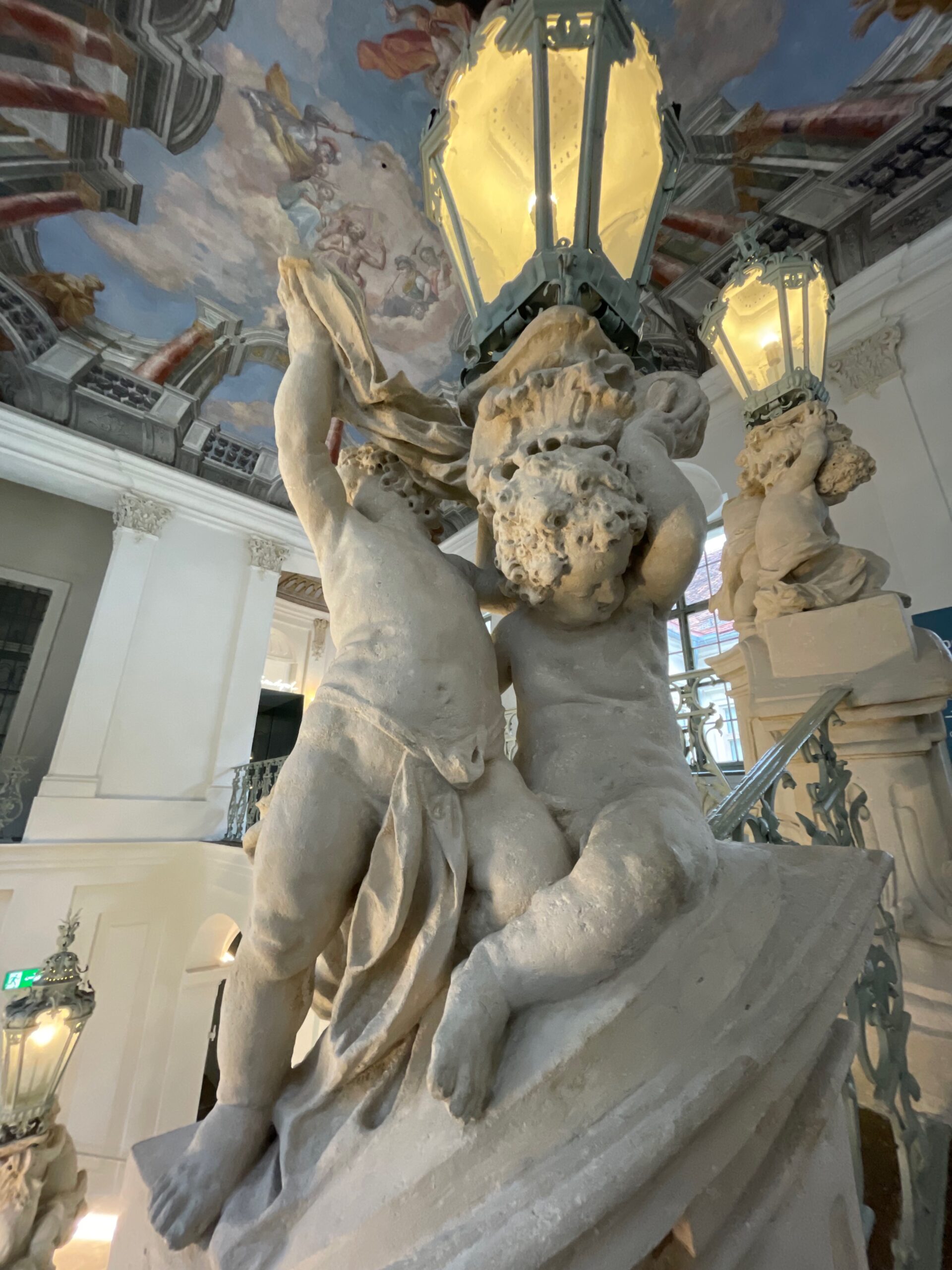 |
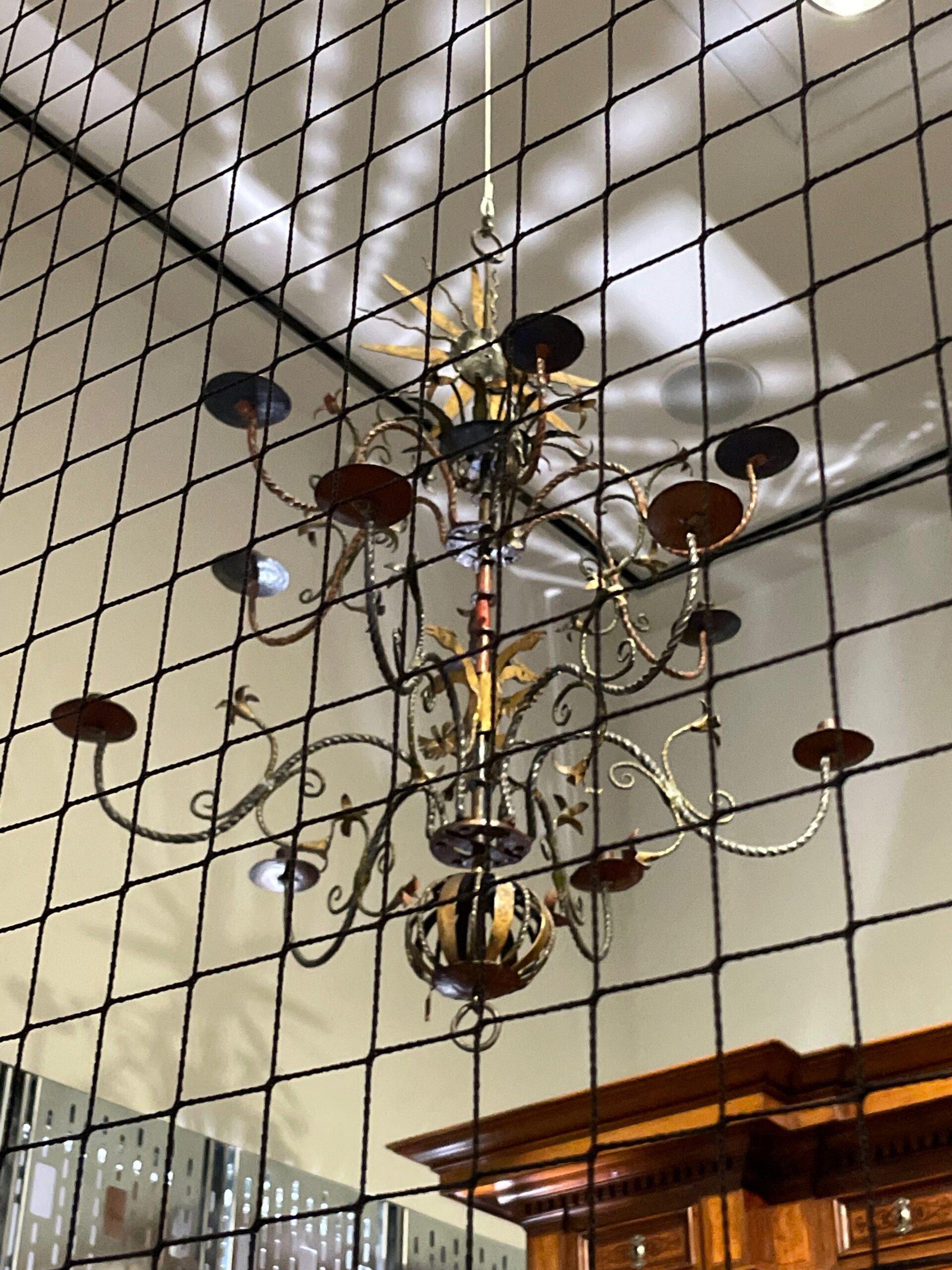 |
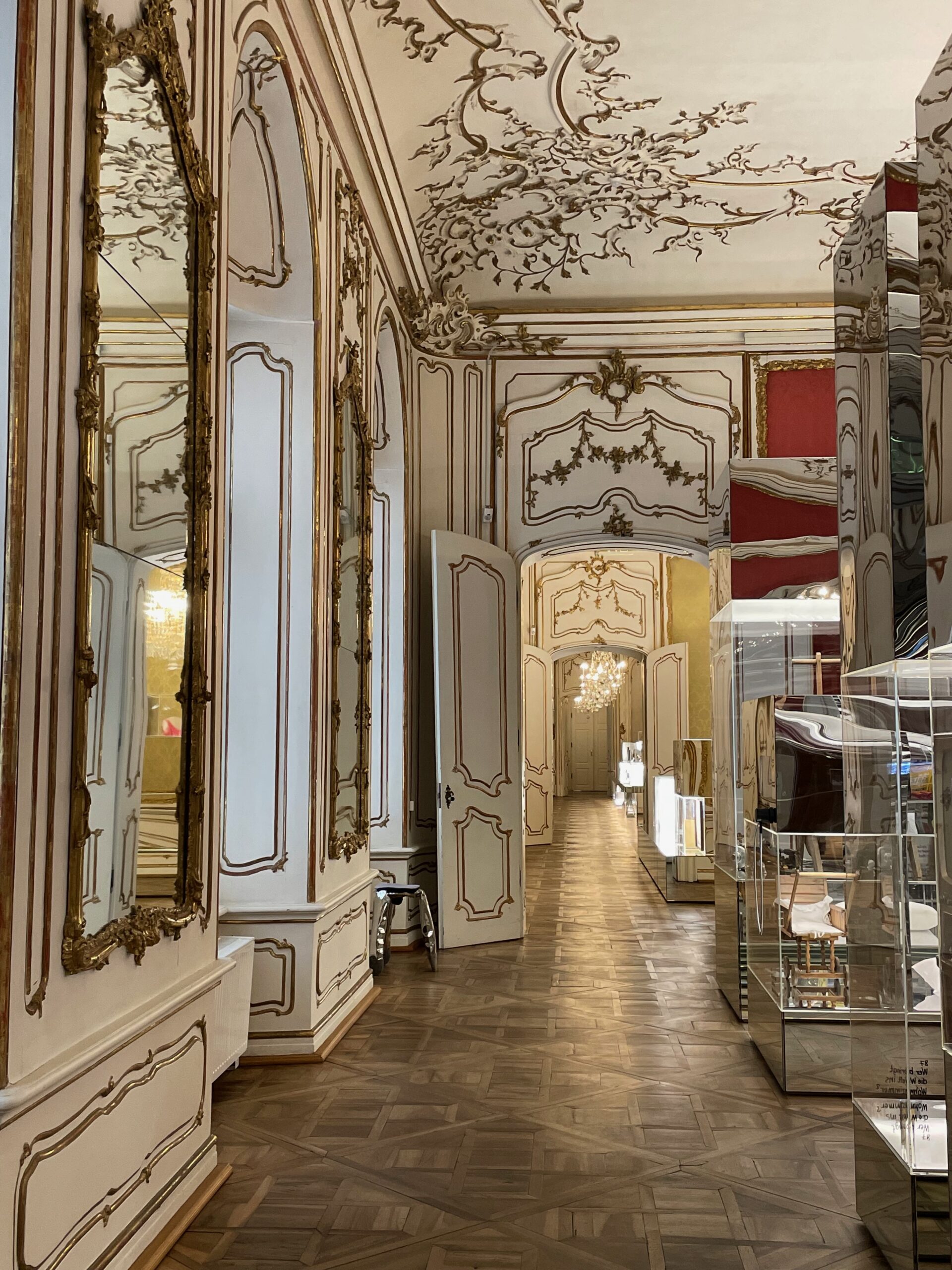 |
10. Kunsthaus Graz
You will probably notice the original modern form of the building housing this museum during a causal walk around the city center. The unusual building was designed by architects Peter Cook and Colin Fournier. Nowadays, the Kunsthaus houses temporary exhibition and restaurant (which looked very popular). Interestingly, if you already have ticket for Eggenberg Palace or History Museum, the entrance to the Kunsthaus is already included in the fare, this deal makes Graz museums very affordable if you want to visit few of them.
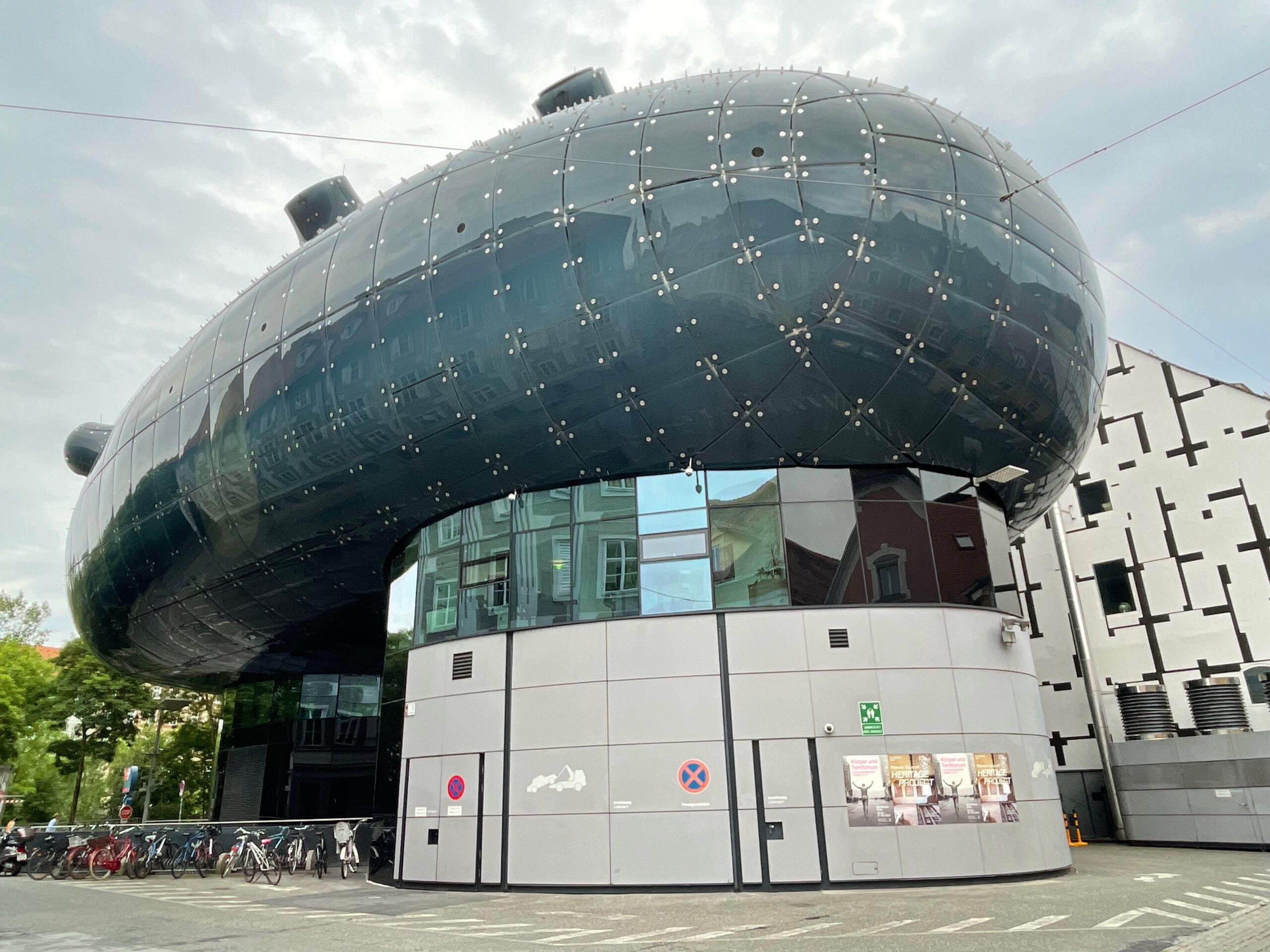 |
11. Armoury
One of the most popular museums is the Armoury which is the most significant arsenal in Inner Austria and nowadays it’s the largest collection of weapons in the world (over 30 000 objects).
12. Graz Cathedral
Main Graz Cathedral is not in the strict city center and is best to take tram to get there in an efficient way. Kaiser Friedrich III had the cathedral built as a court church between 1438 and 1464. Step inside to admire the beautiful interior.
13. Styrian pumpkin seed oil
Reasons to come to Graz are not only to see museums and interesting landmarks but also to try local flavours and specialties. One of the products which is difficult to find in other places (we purchased it also in Slovenia) is the Styria’s black gold – a pumpkin seed oil with its original taste and many health benefits, you can add it to salads for dressing, finishing touch of various dishes or just dip your bread in it for a small delicious snack.
14. Enjoy slow life in the Styrian capital
Whereas Vienna can be very busy with many sites to see, Styria and Graz offer a nice opportunity to slow down a bit and stroll around in a calm pace. The old town is compact and for more distant sites you can easily reach them with a tram just in few minutes. Graz offers many nice walking paths and cafeterias and restaurants. Stop in one of them for an afternoon Aperol and apple strudel. Not every trip must be intense and Styria is a good place to relax and discover Austria in a leisurely way.
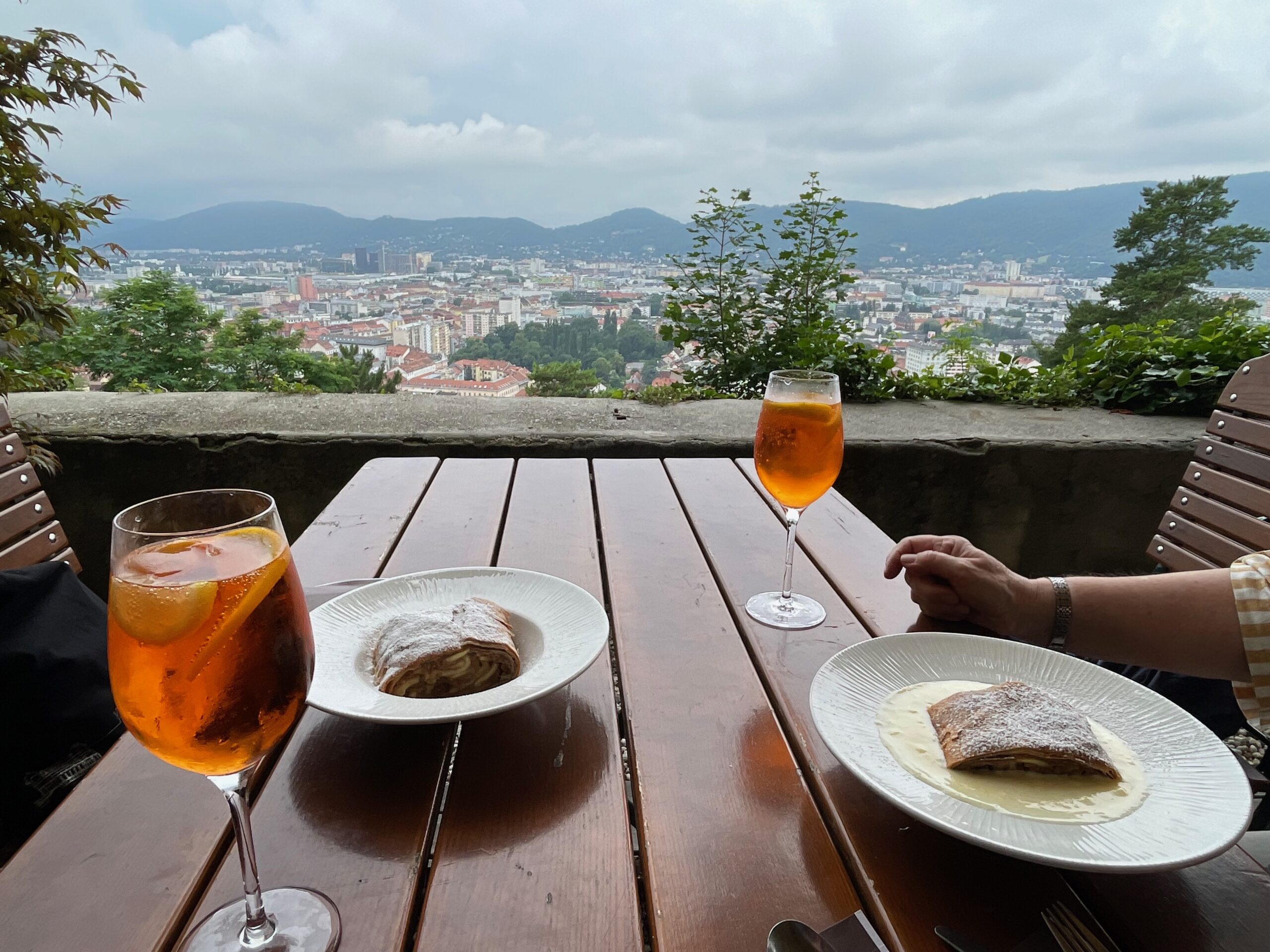 |
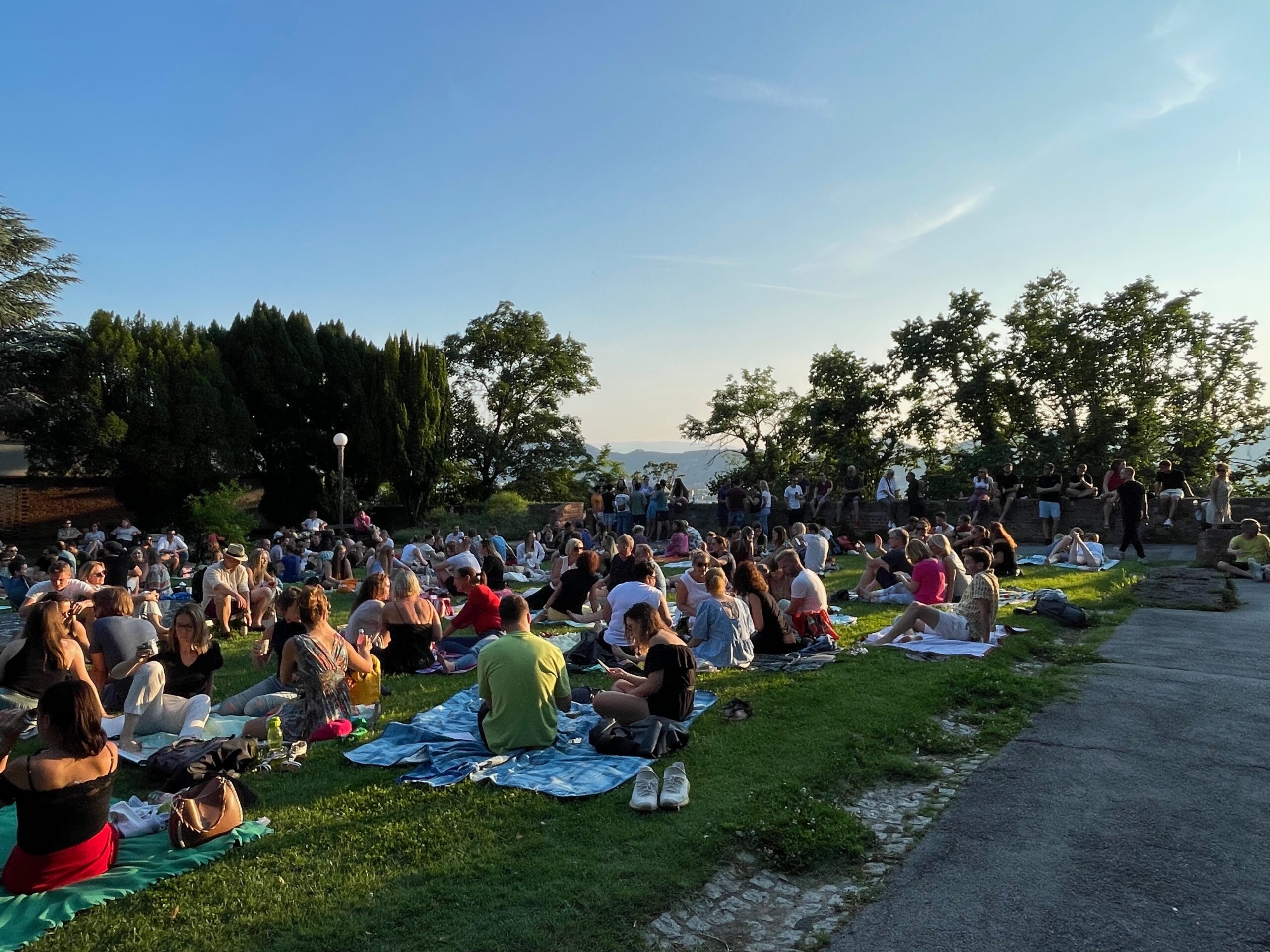 |
15. Trips to Styrian countryside
Styria charms with its unspoiled nature and lush greenery, you can go for various day trips to enjoy walking paths past wildly romantic waterfalls, see the historical castles or go on one of the nearby hiking trails. In the summer you can go to cool your feet in one of the picturesque lakes or get sporty and choose a bike excursion or spend few hours horse riding. Enjoy the nature and Styrian countryside at your favourite pace, the way you like!
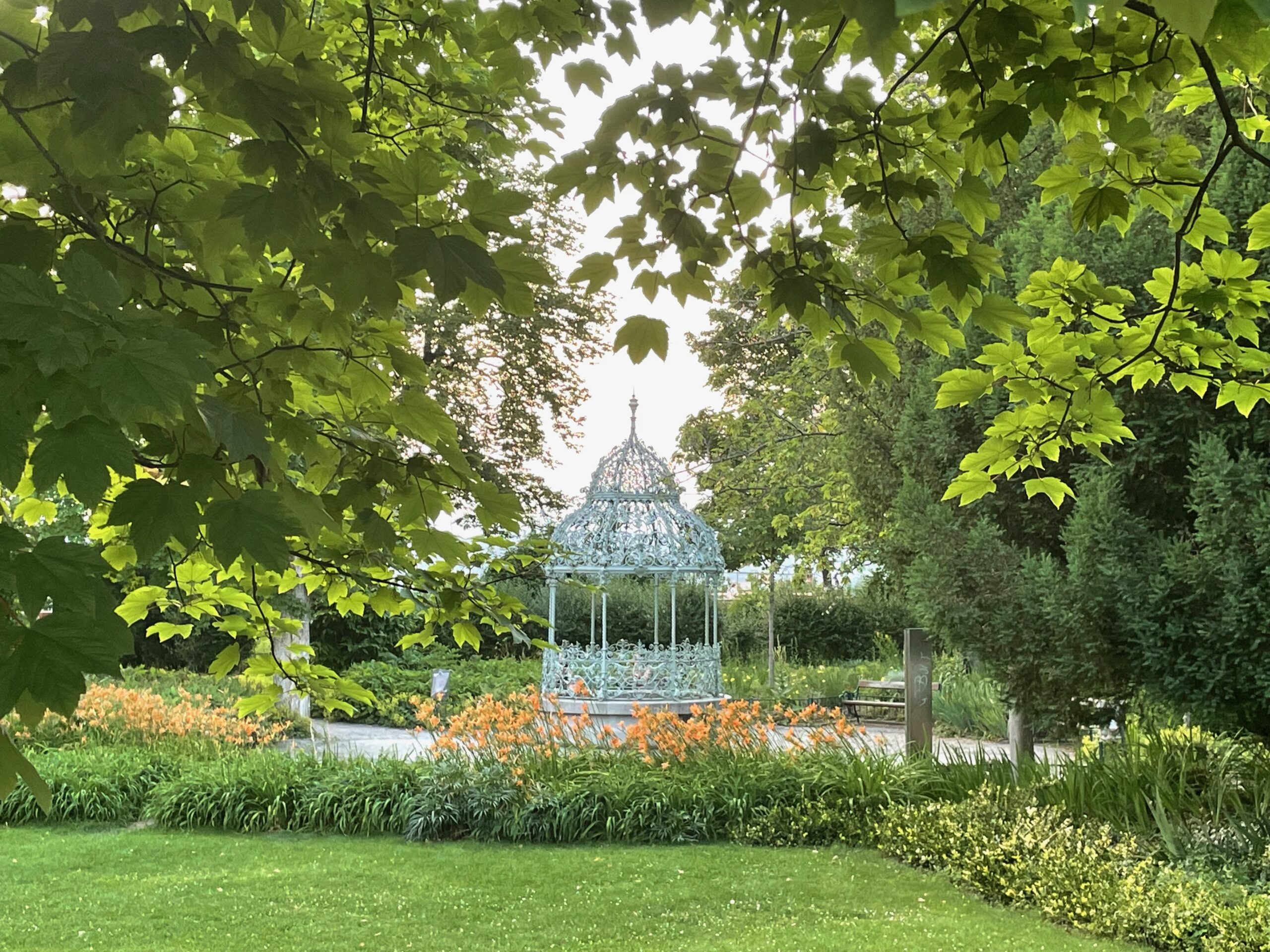 |
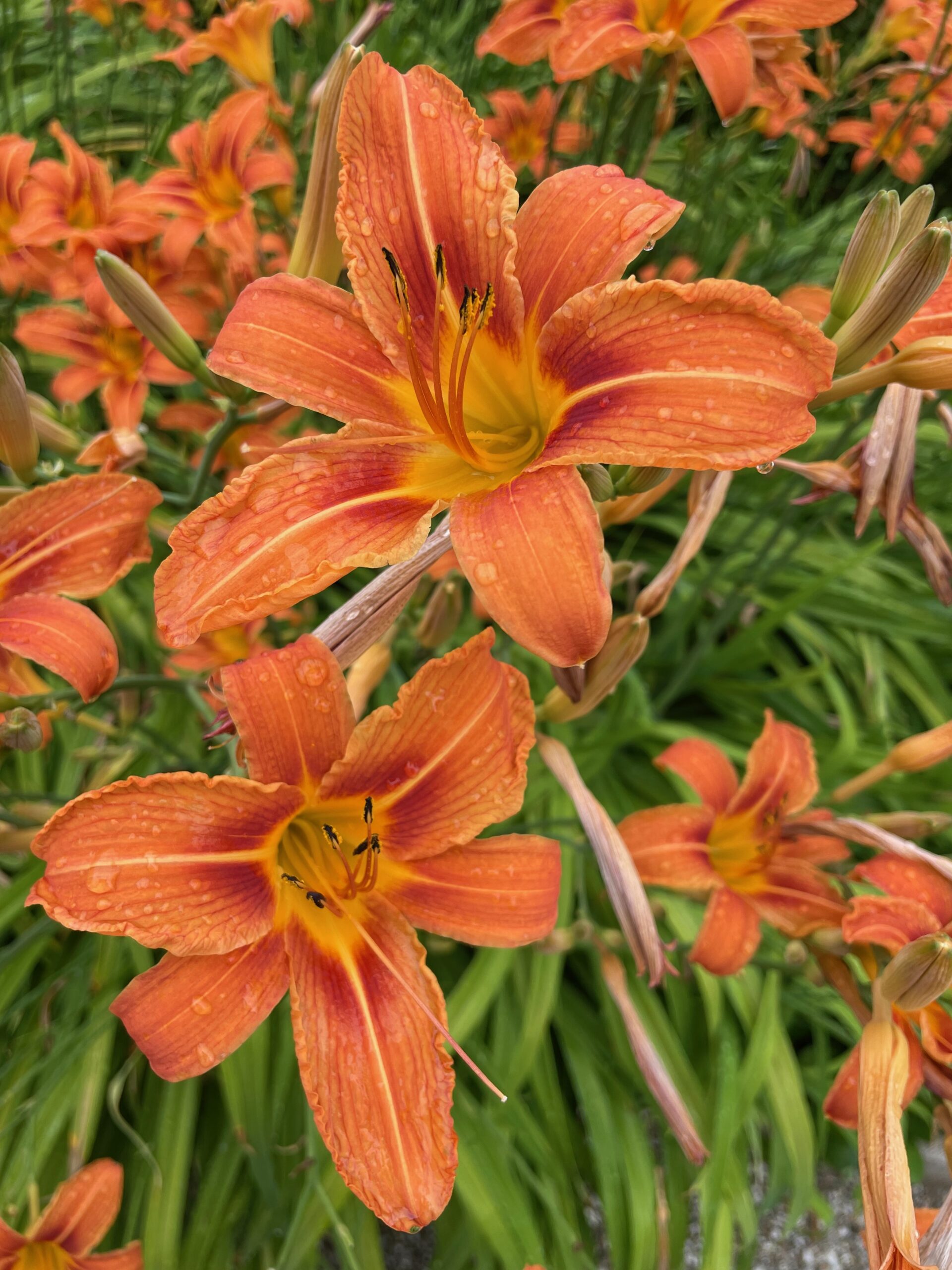 |
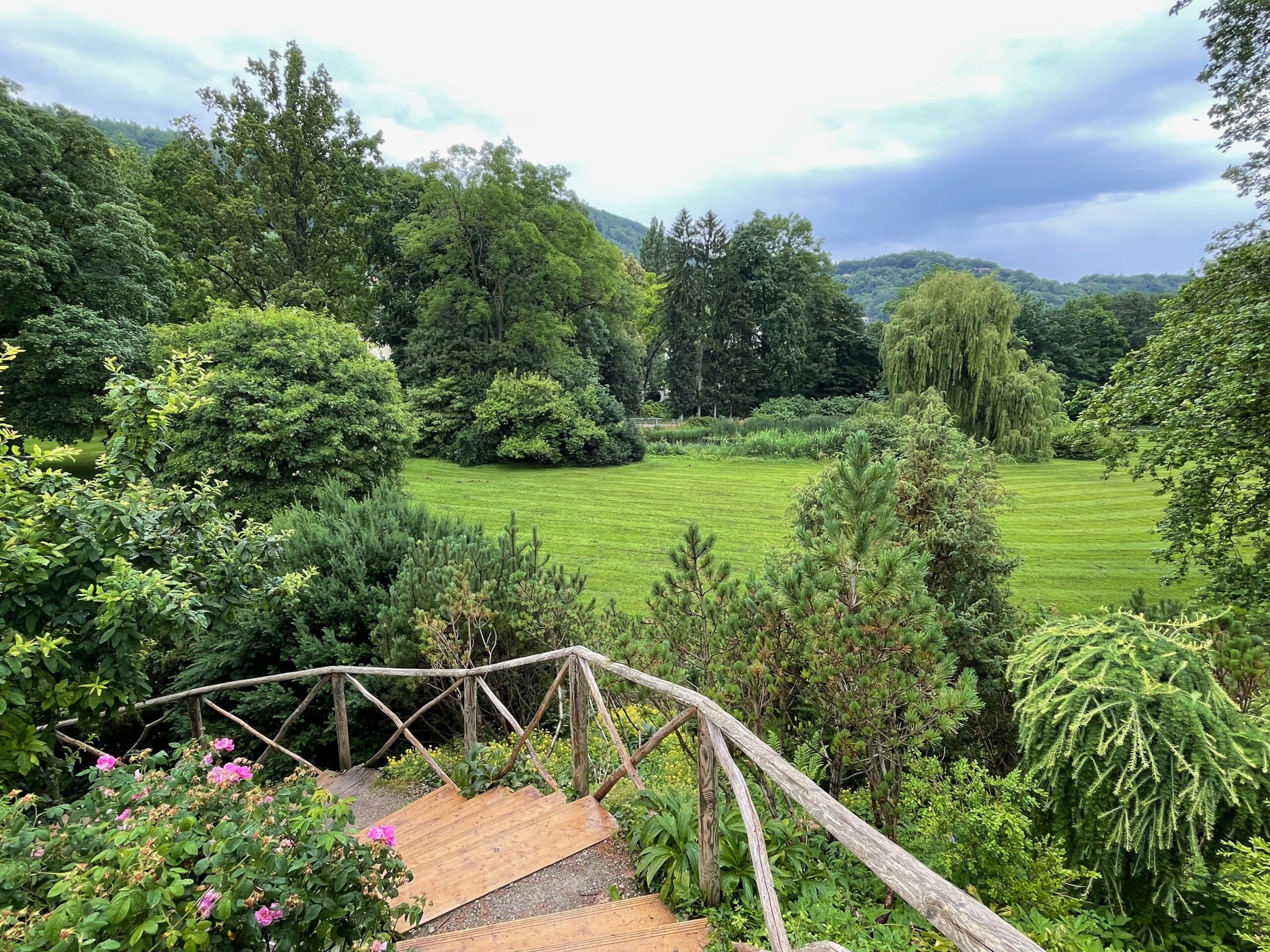 |
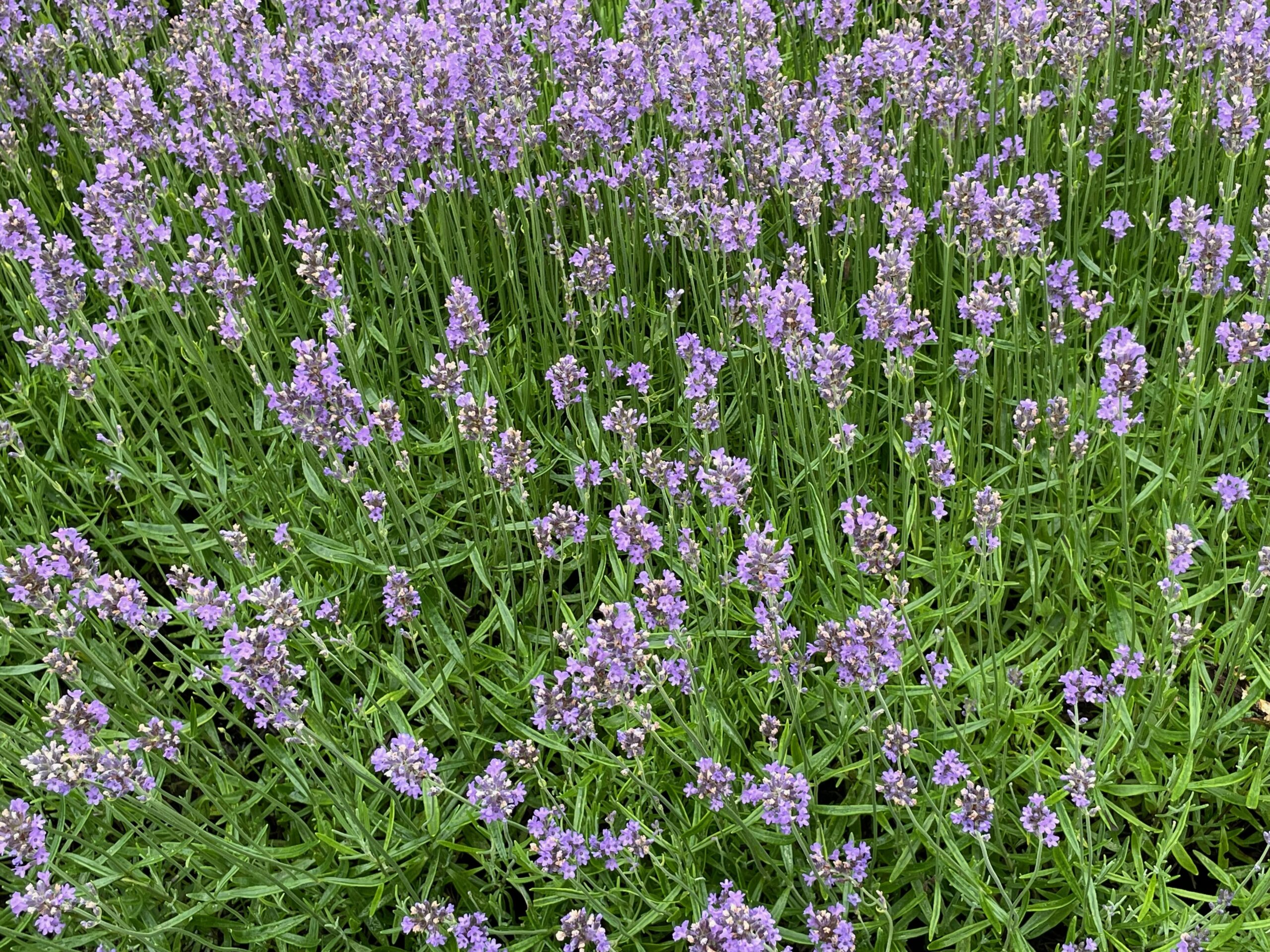 |
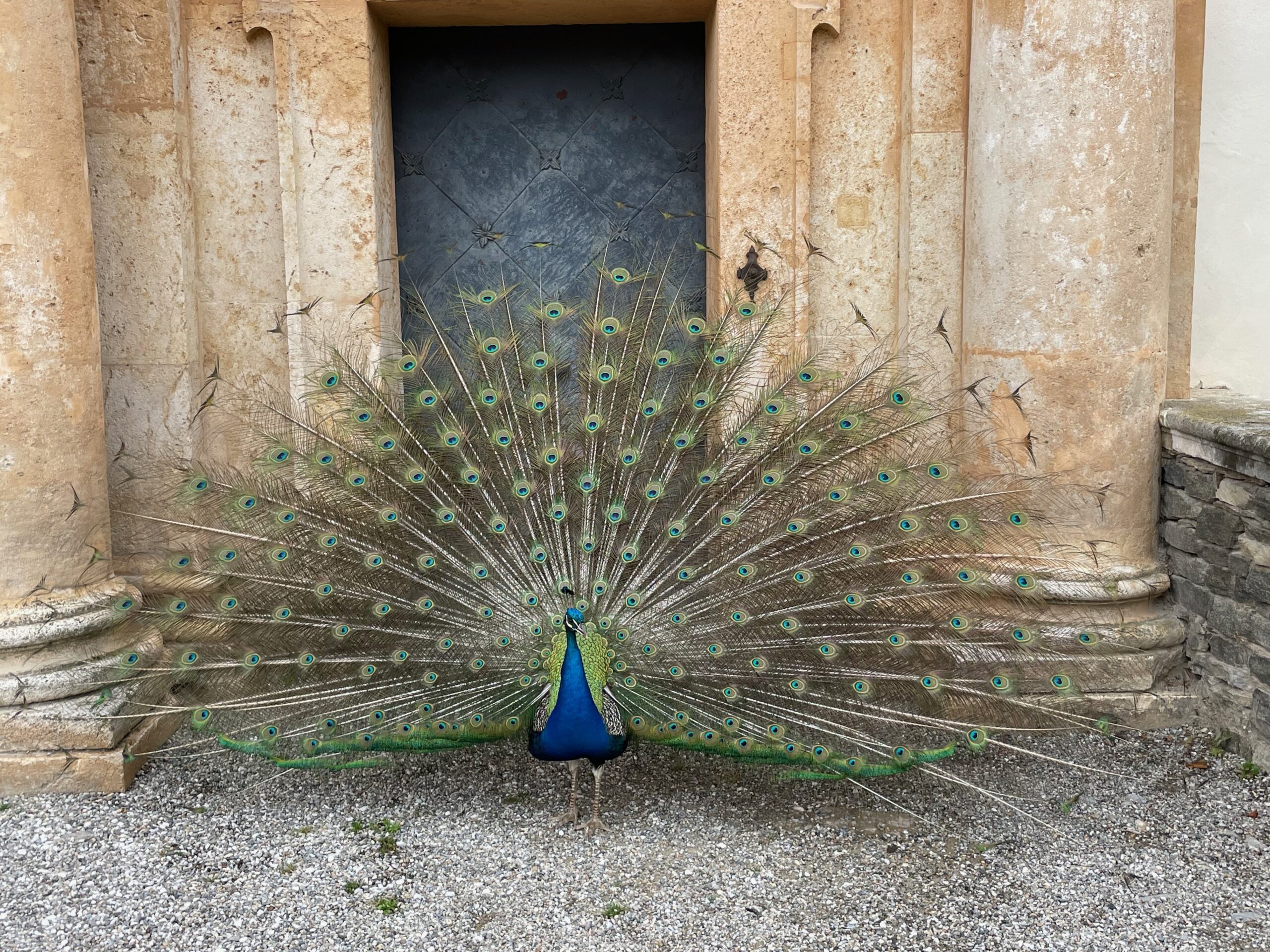 |
* Part of information included in this post comes from the tourist office information brochures distributed to the visitors.
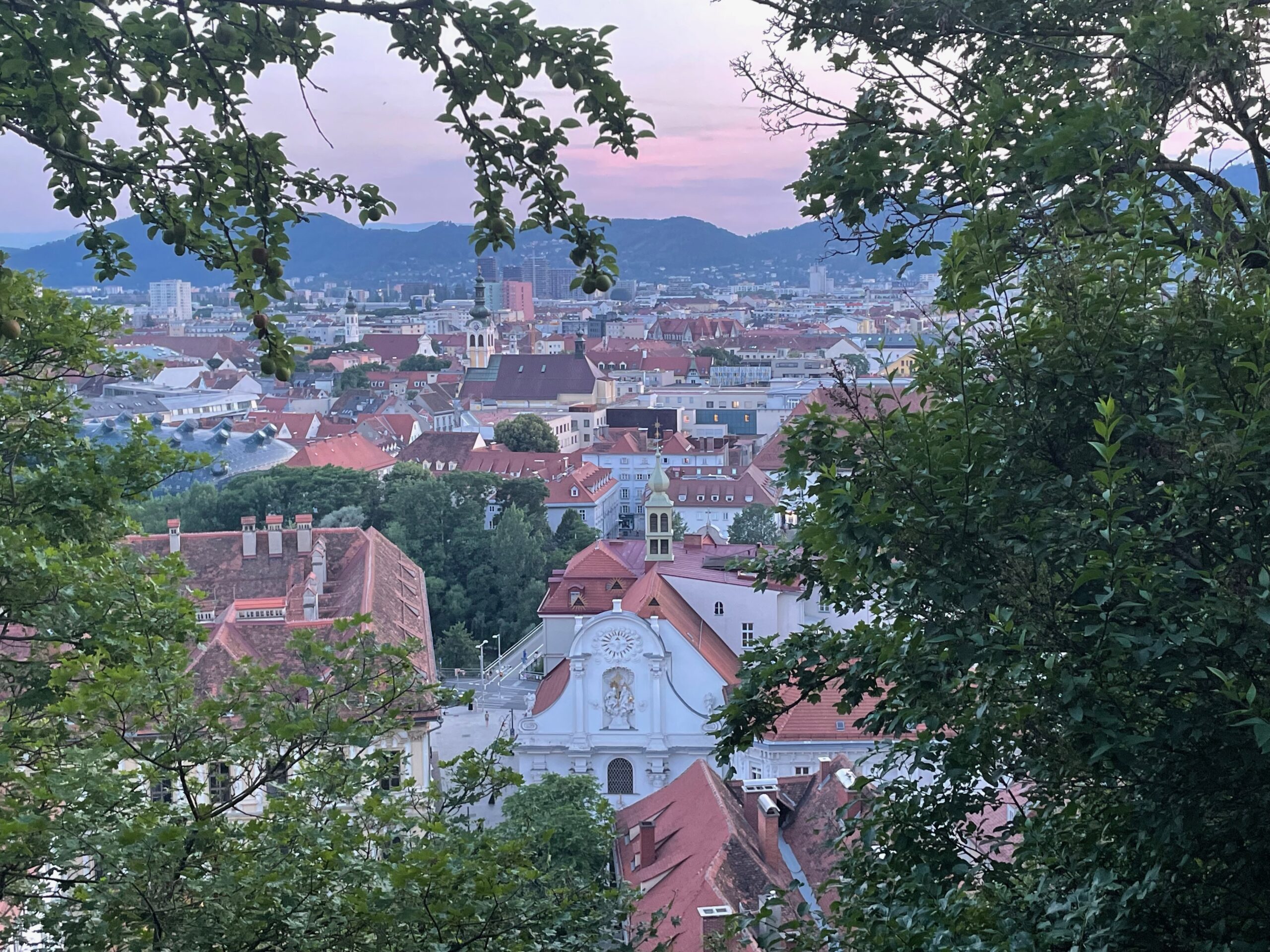
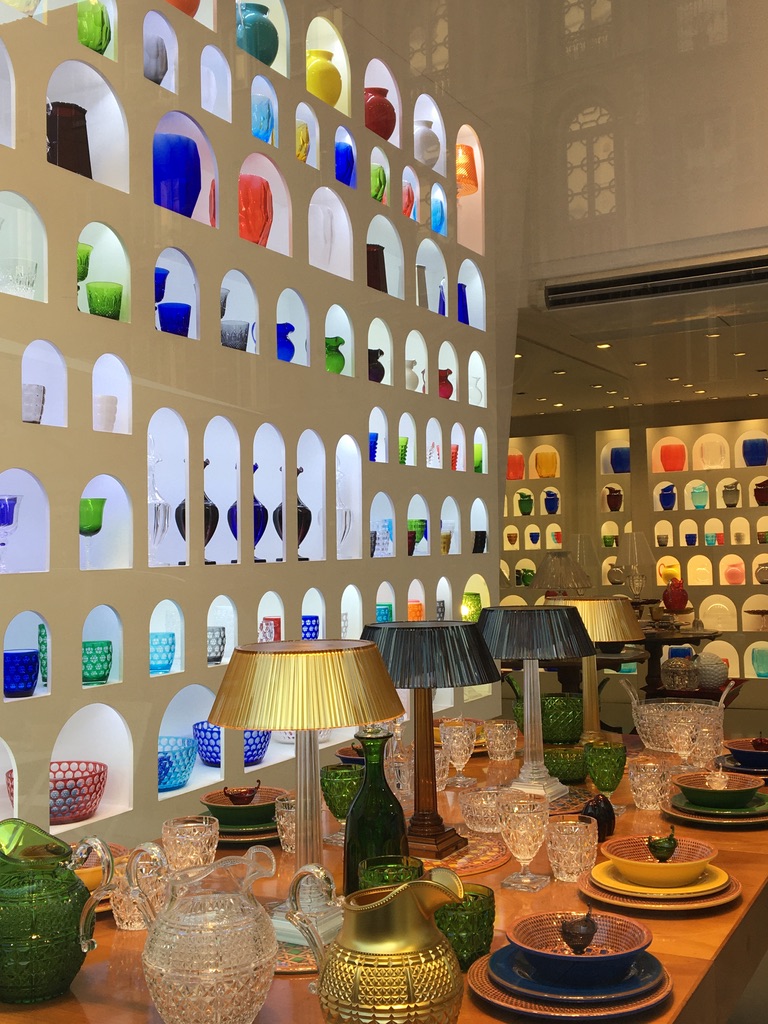
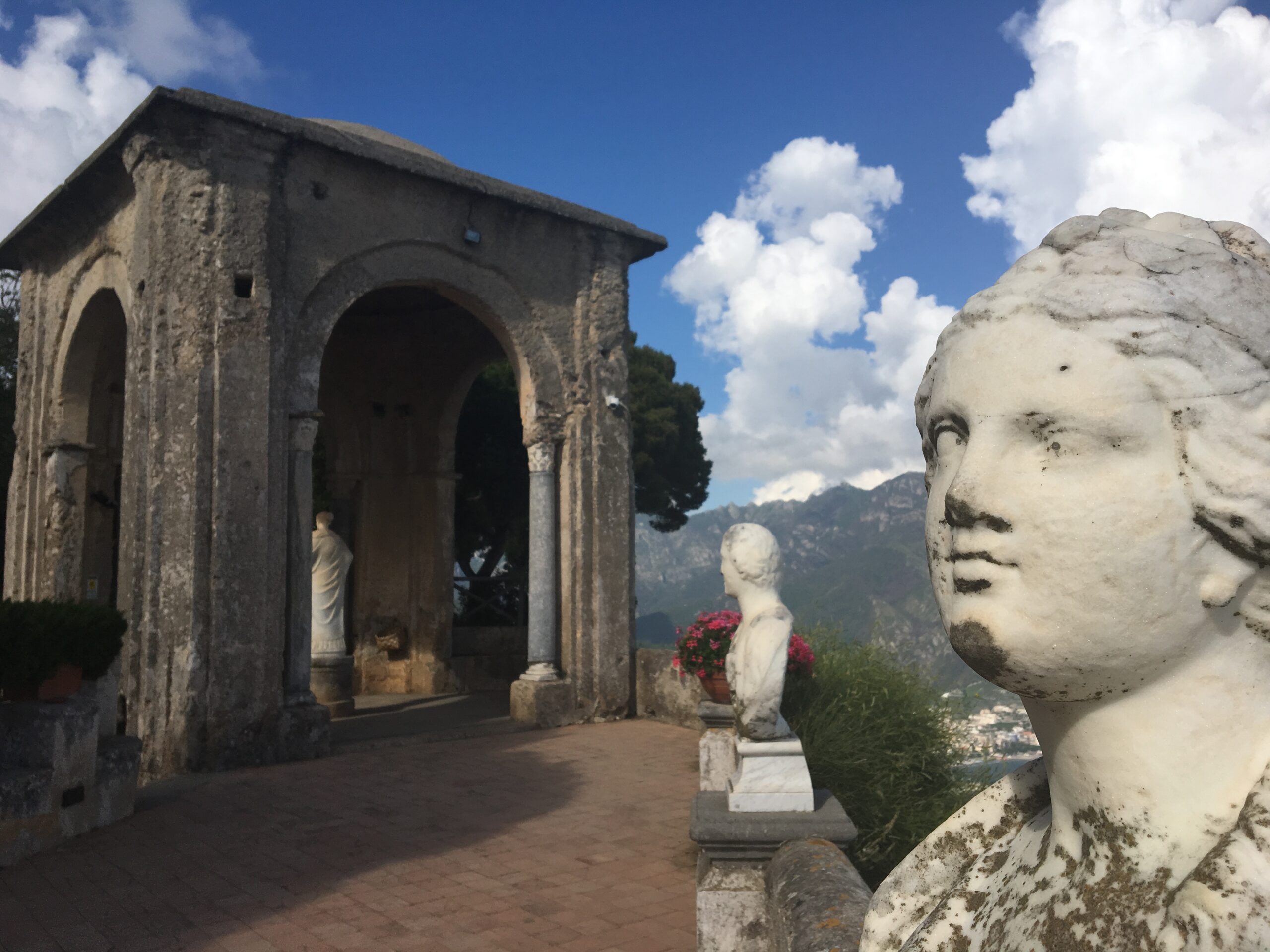
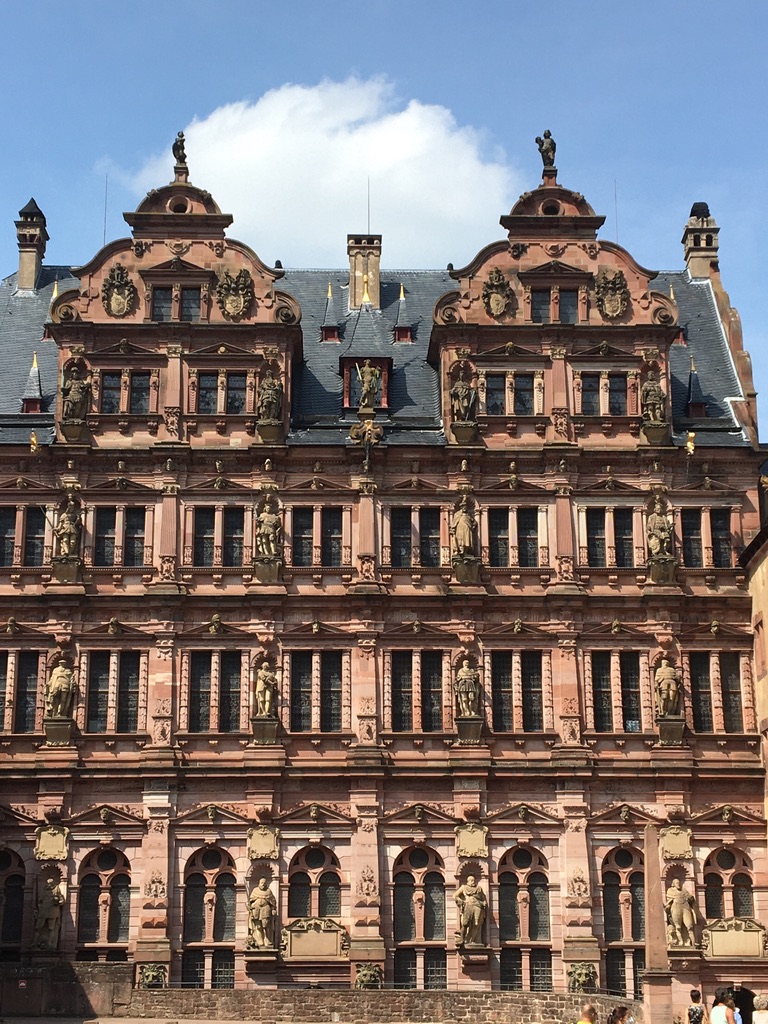
I really enjoy looking at on this site, it holds fantastic articles, I’m really more into less known destinations with hidden gems in the area 👍